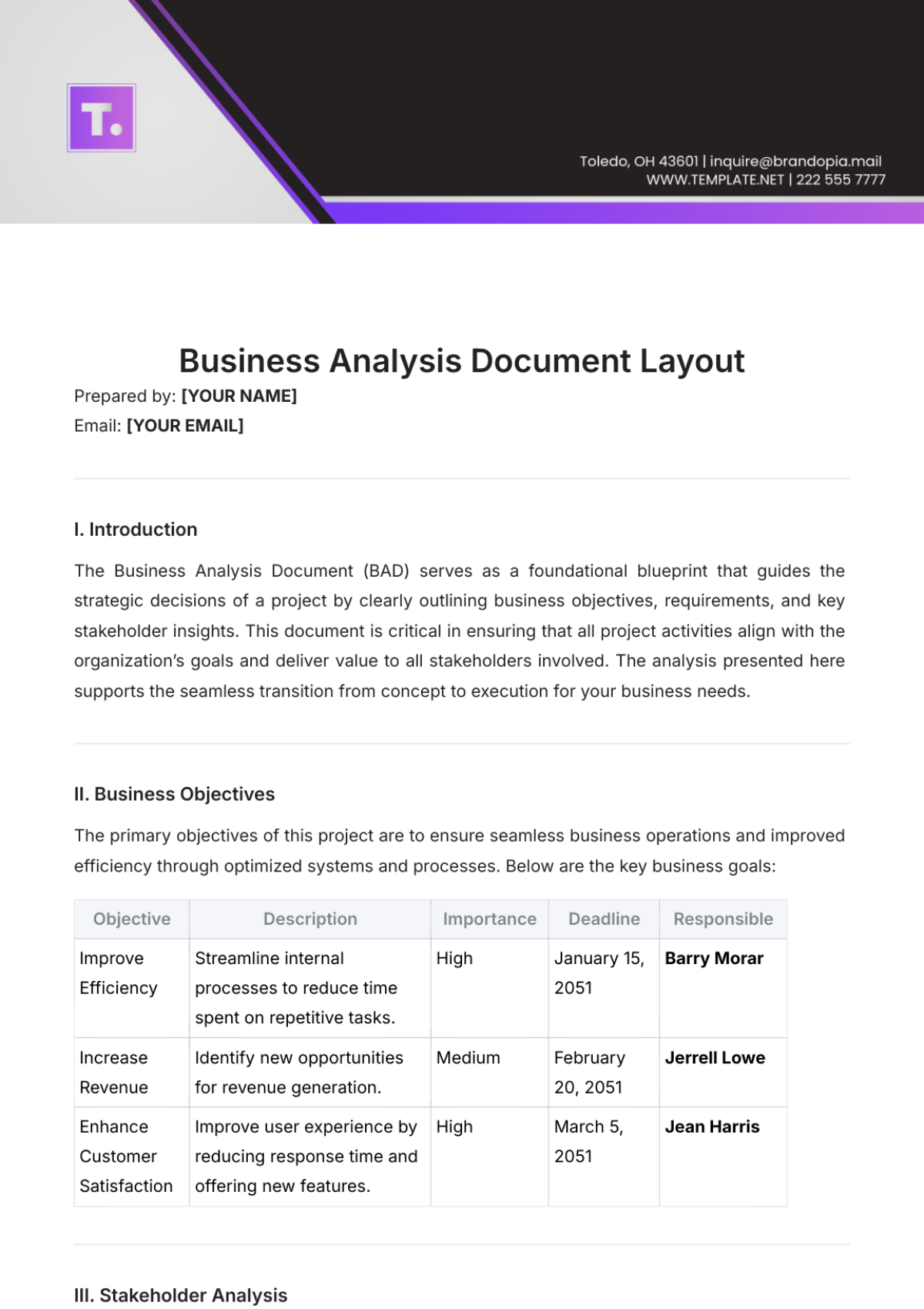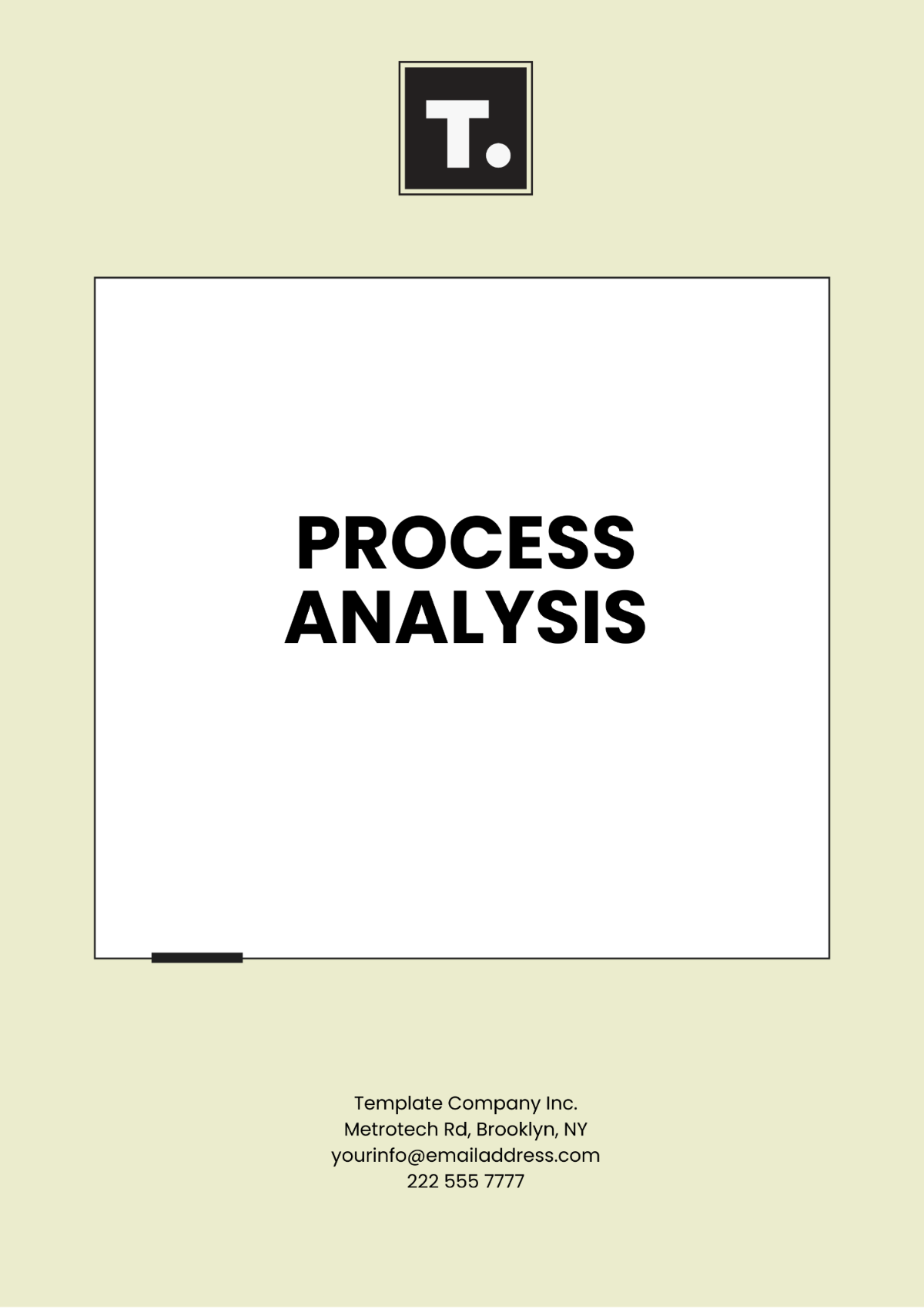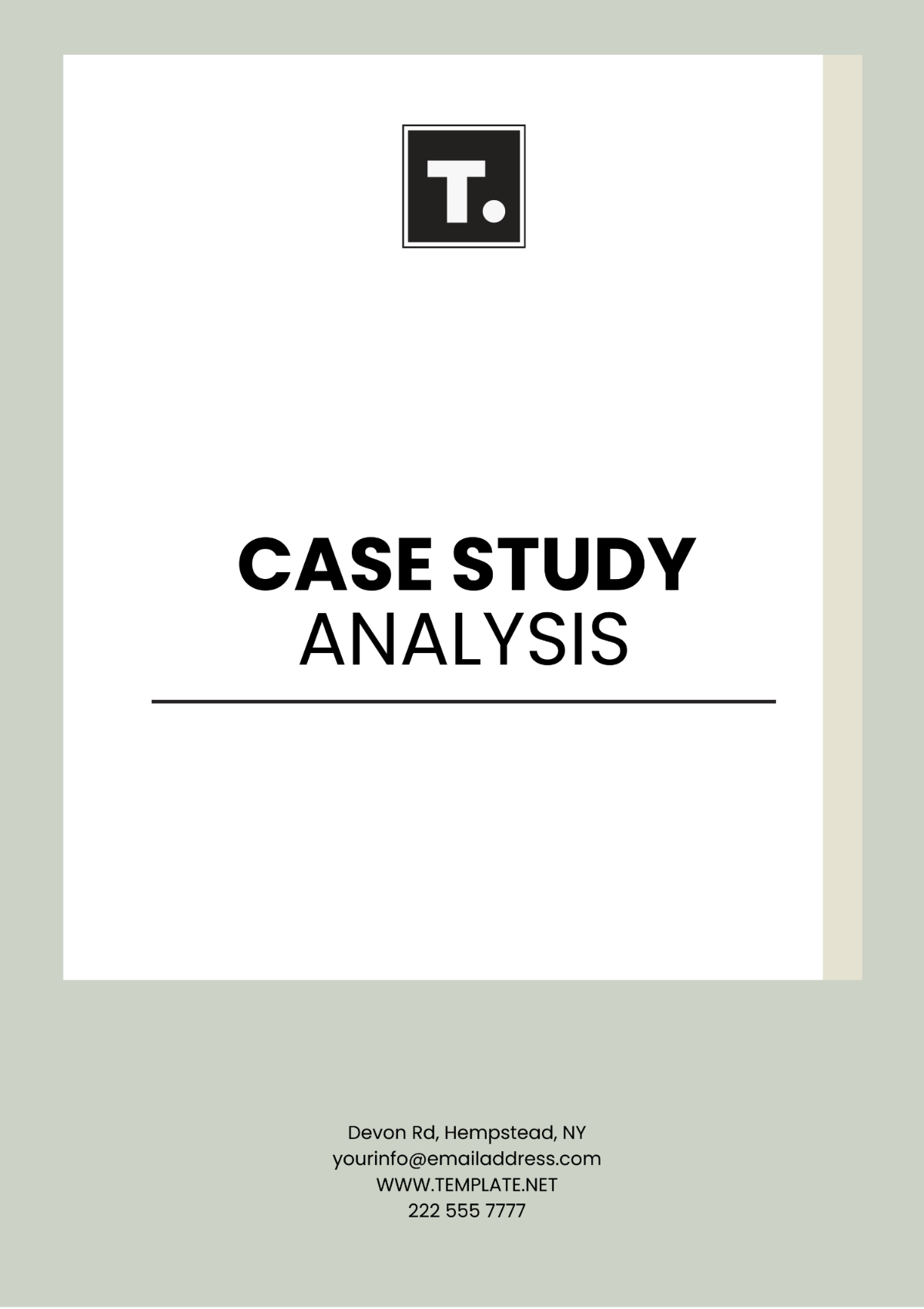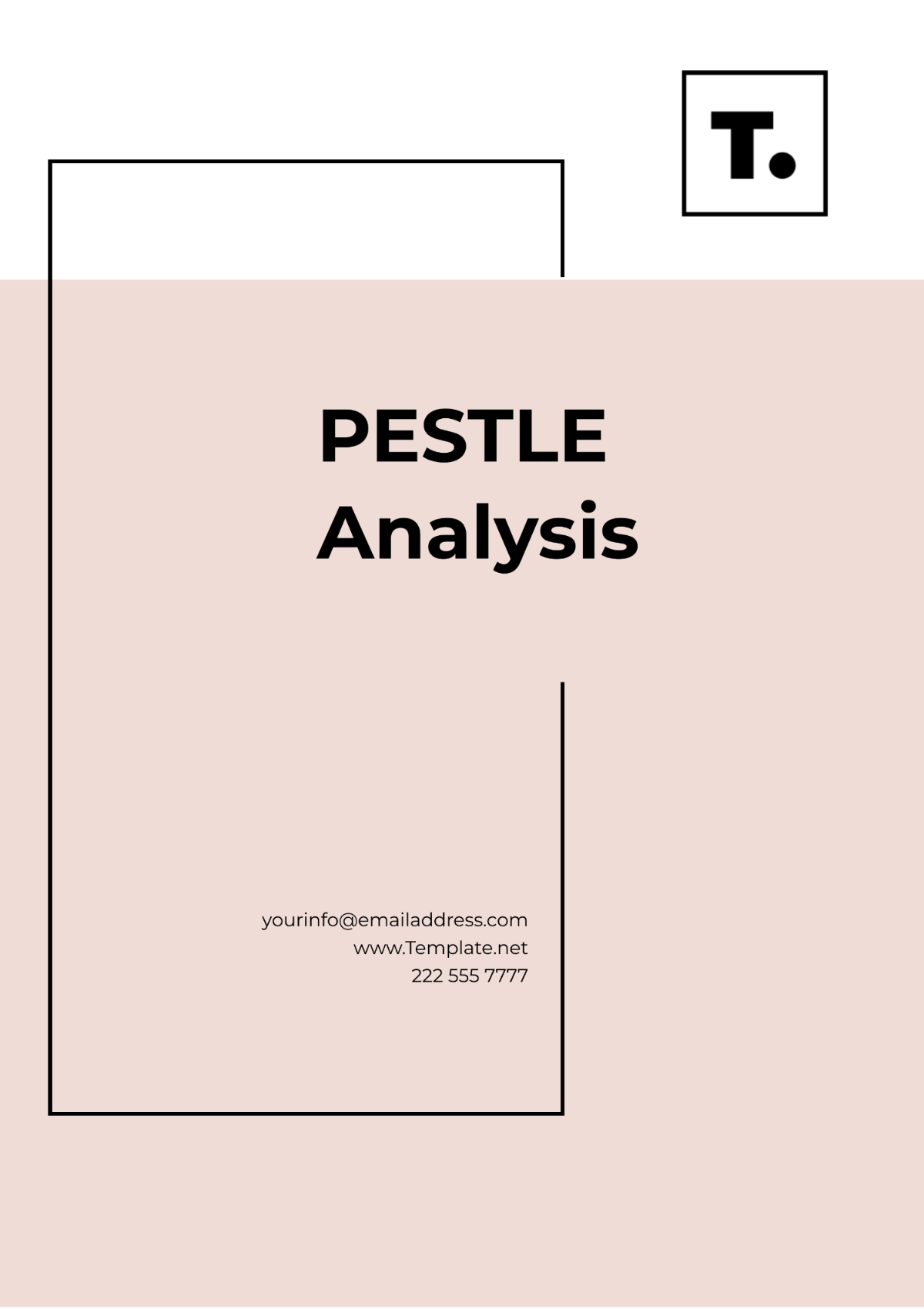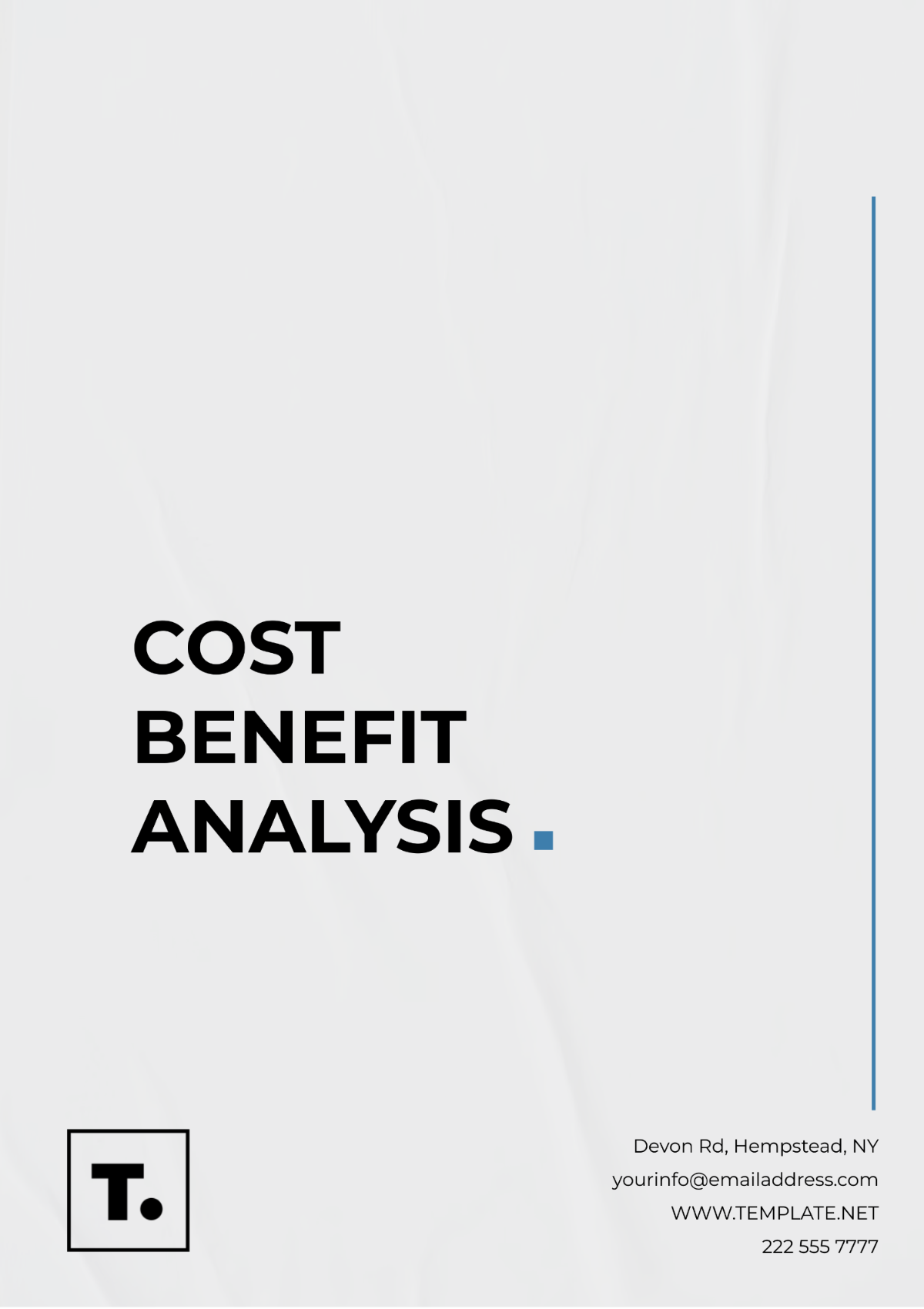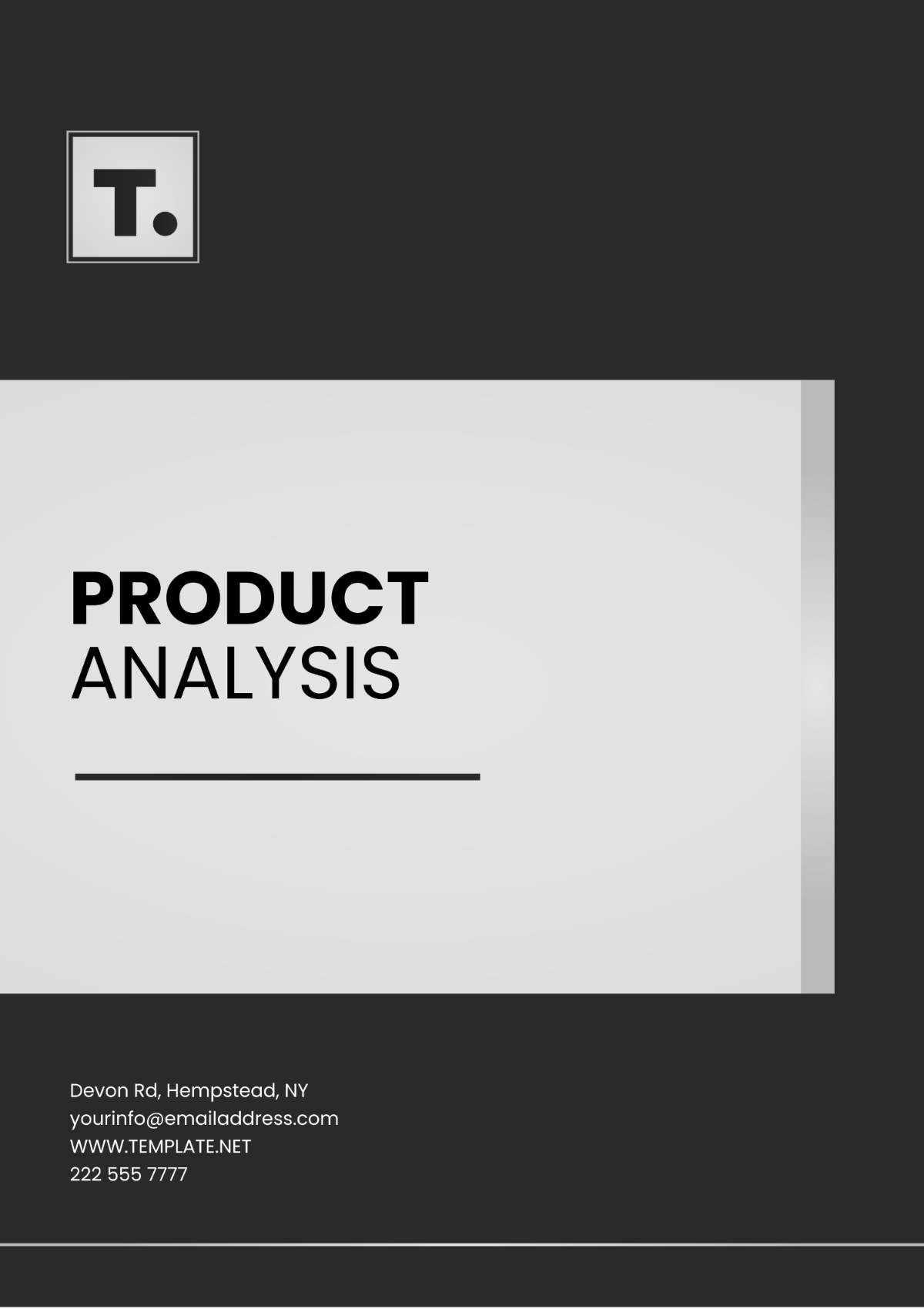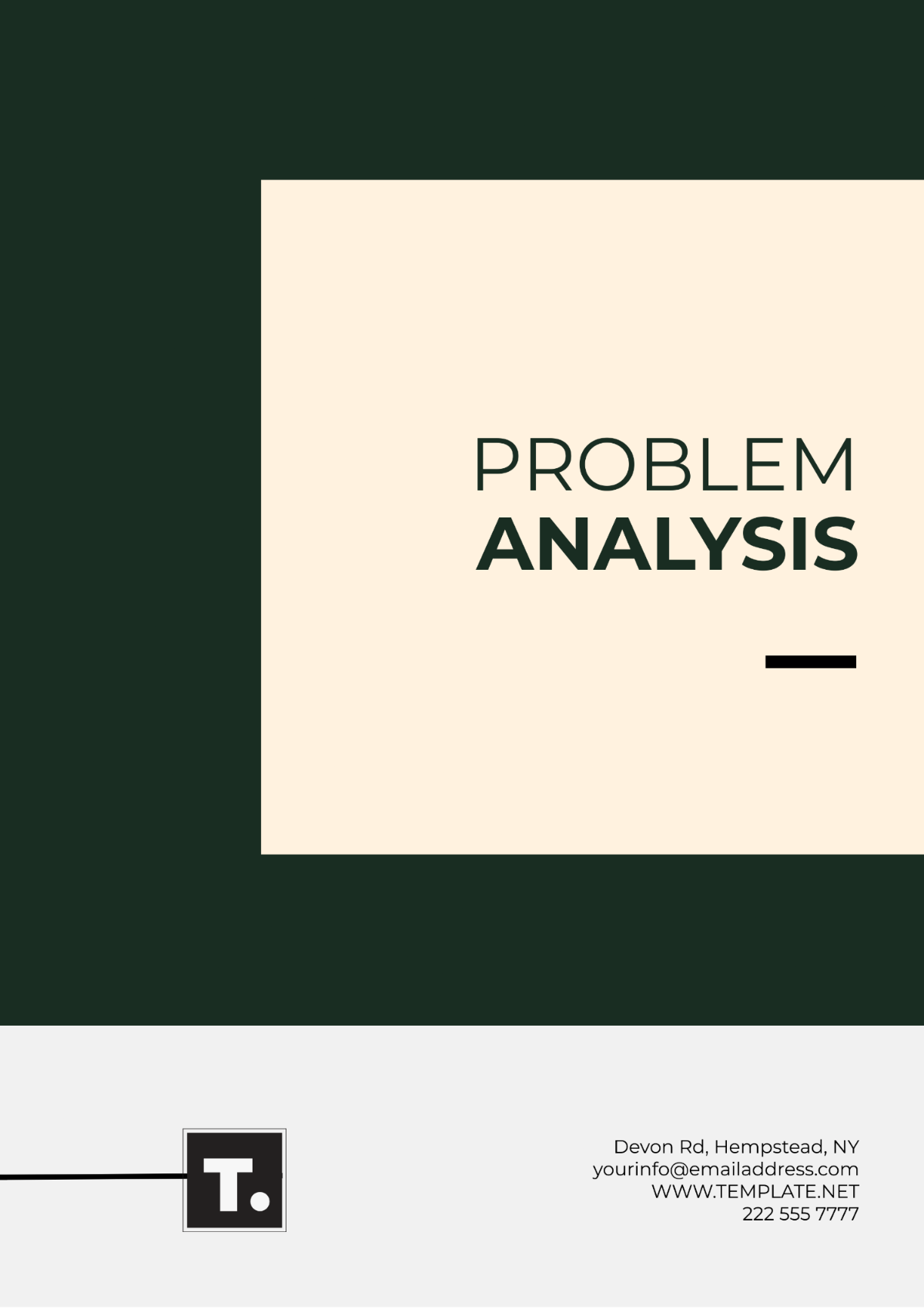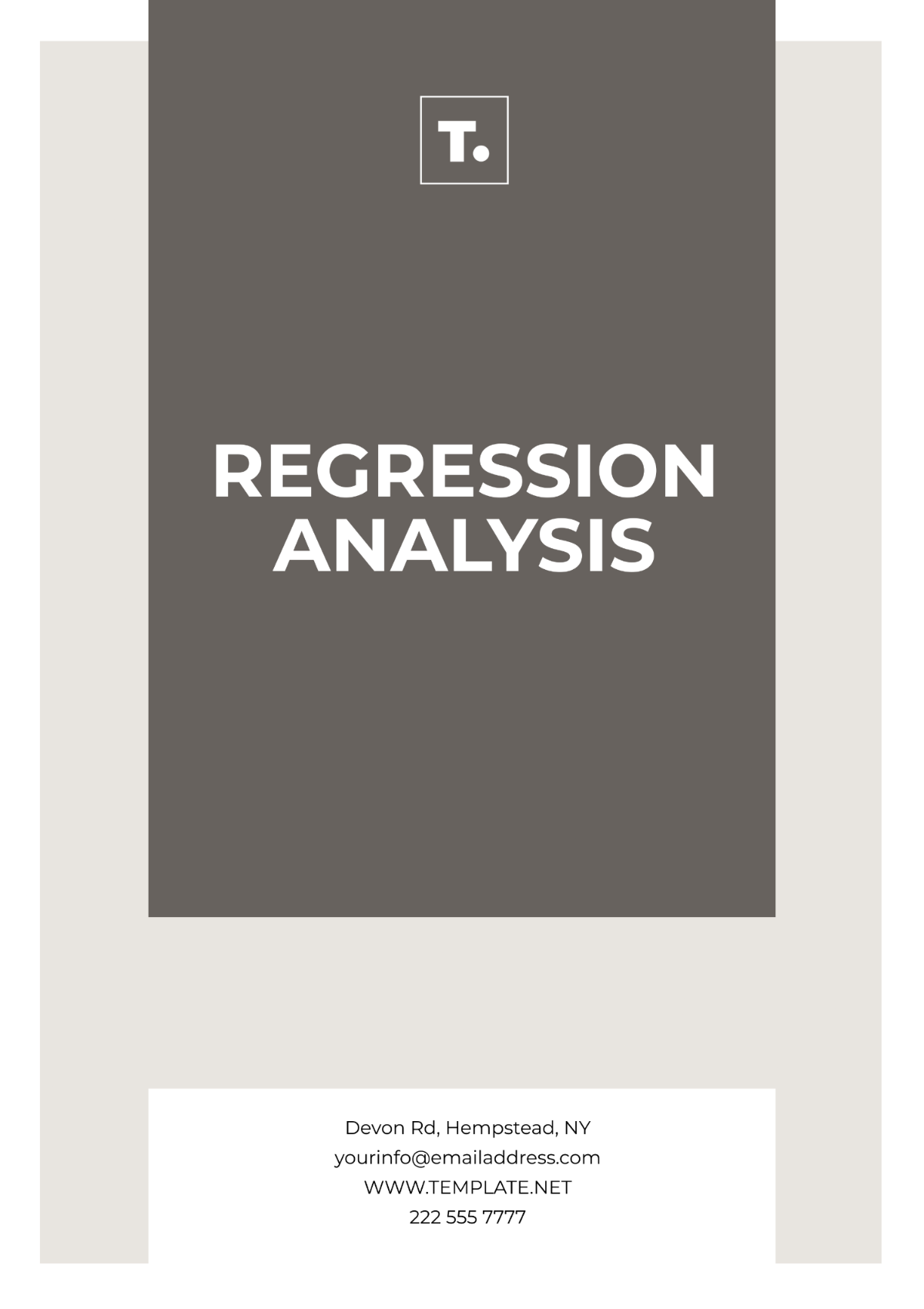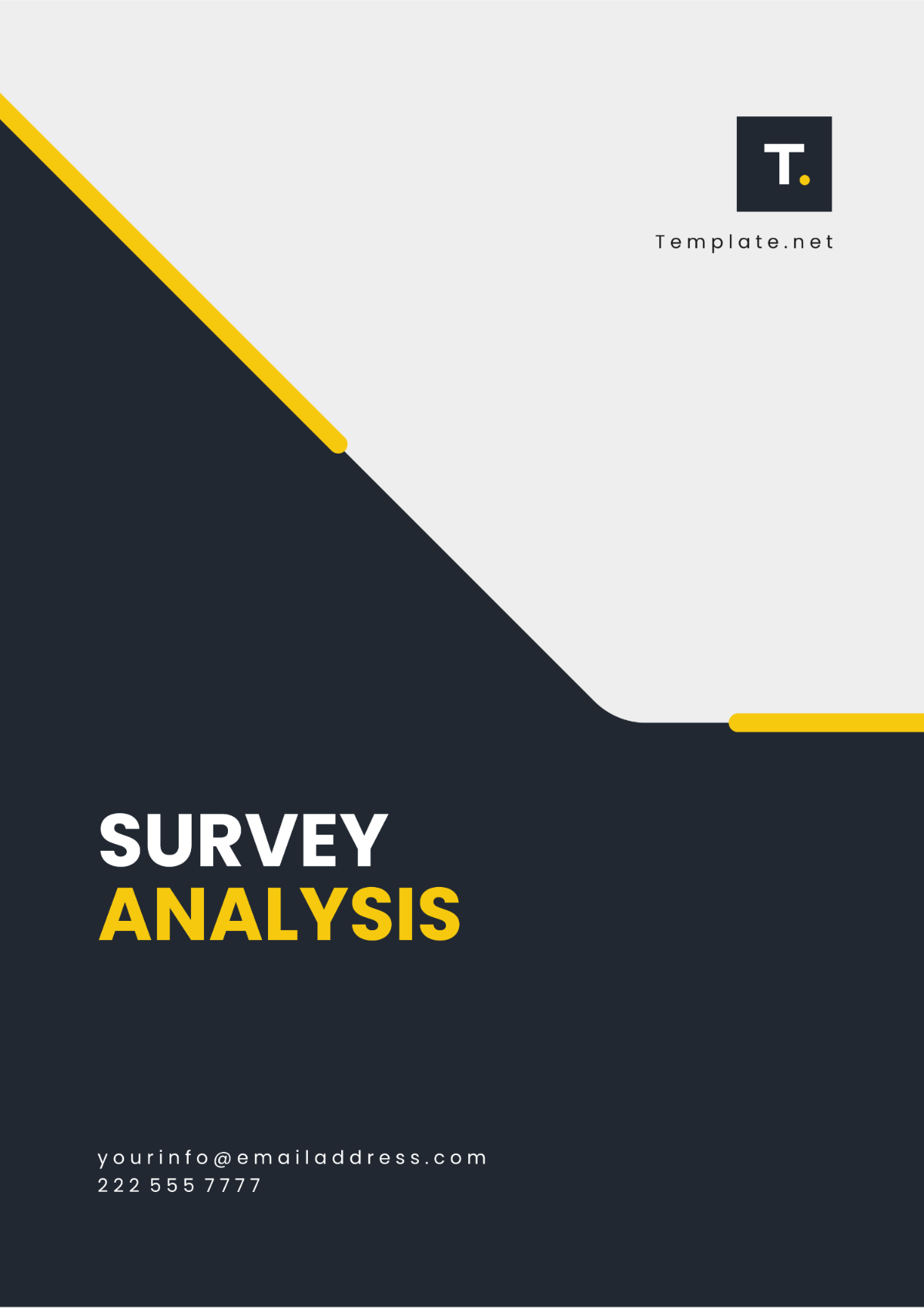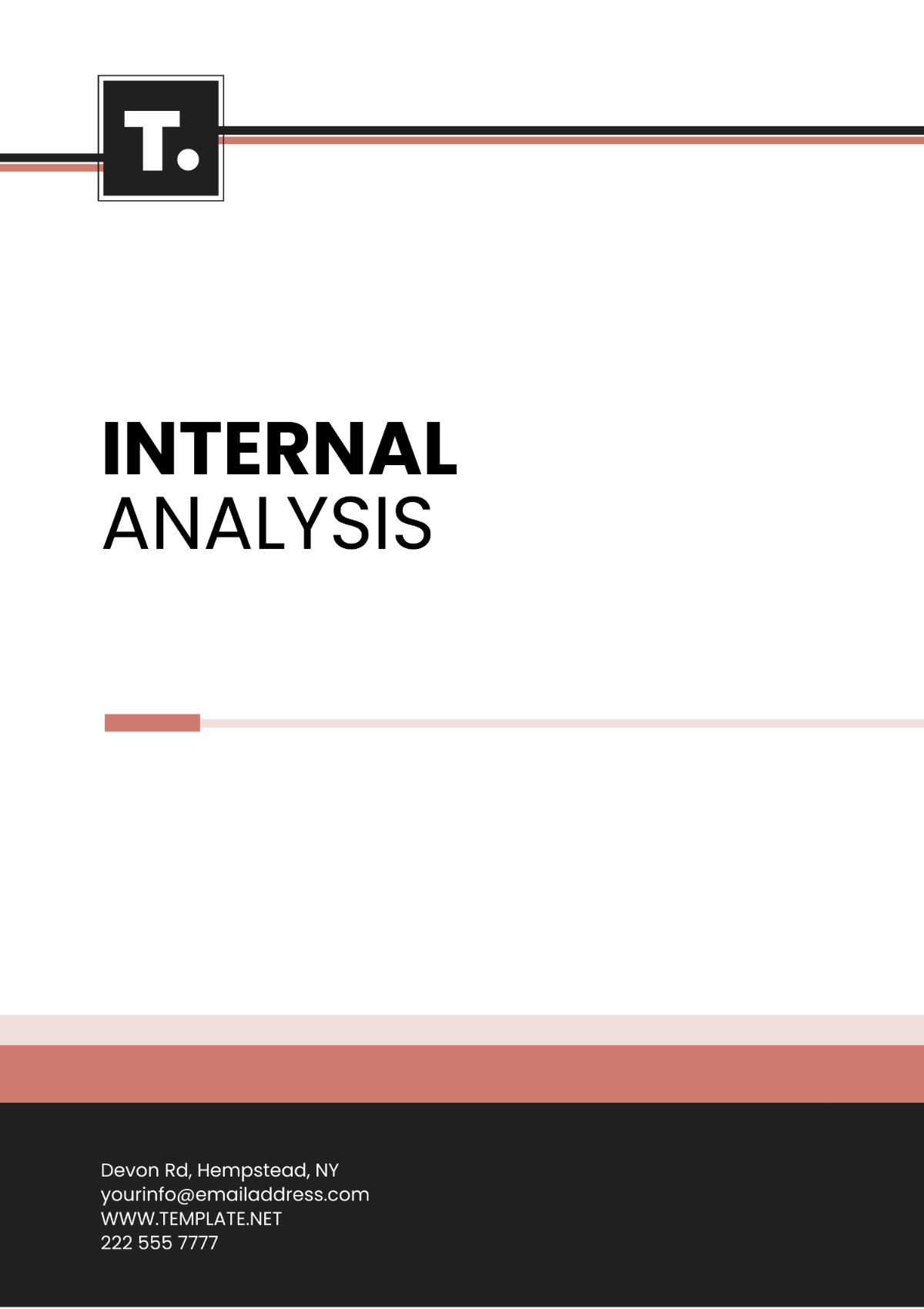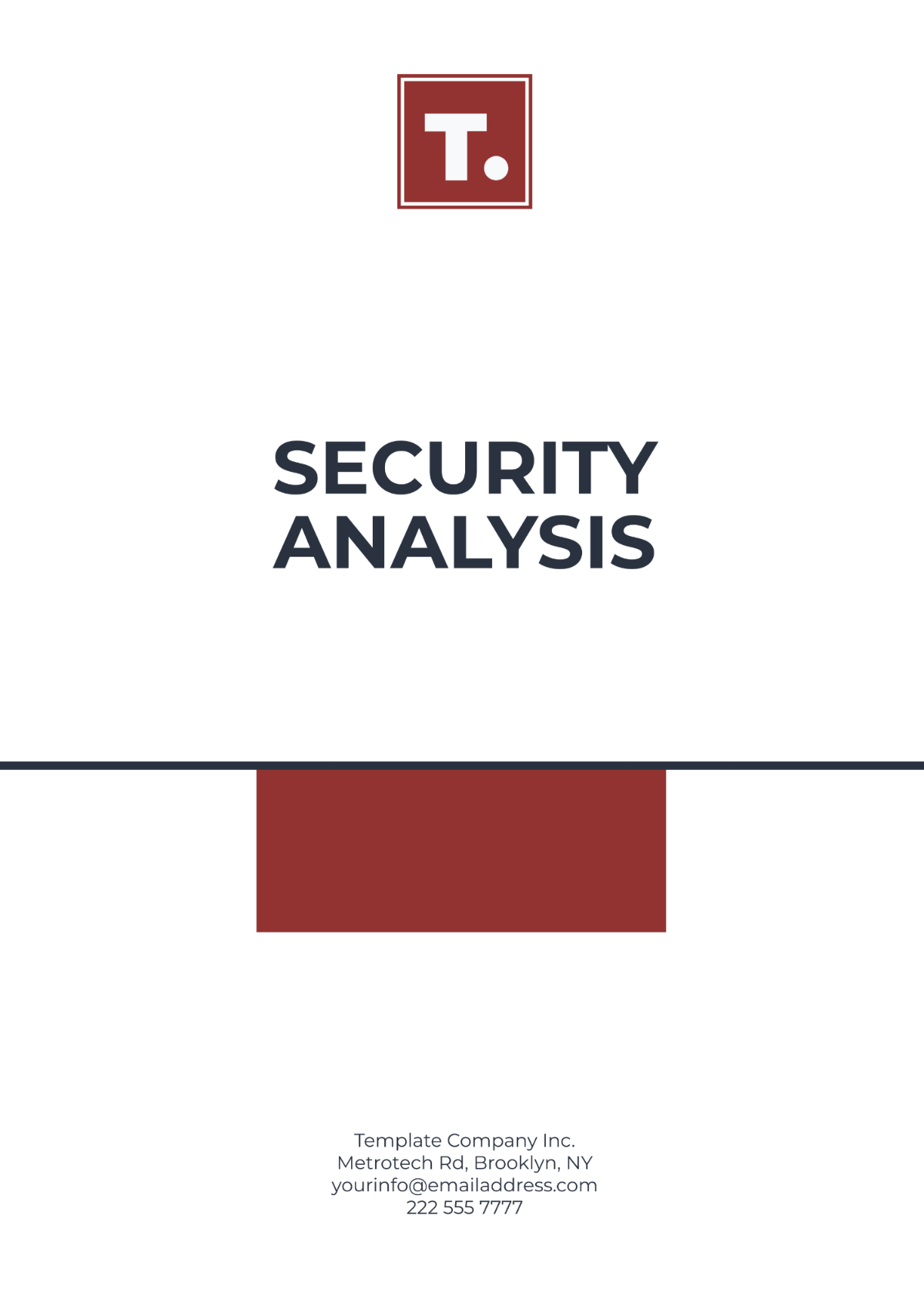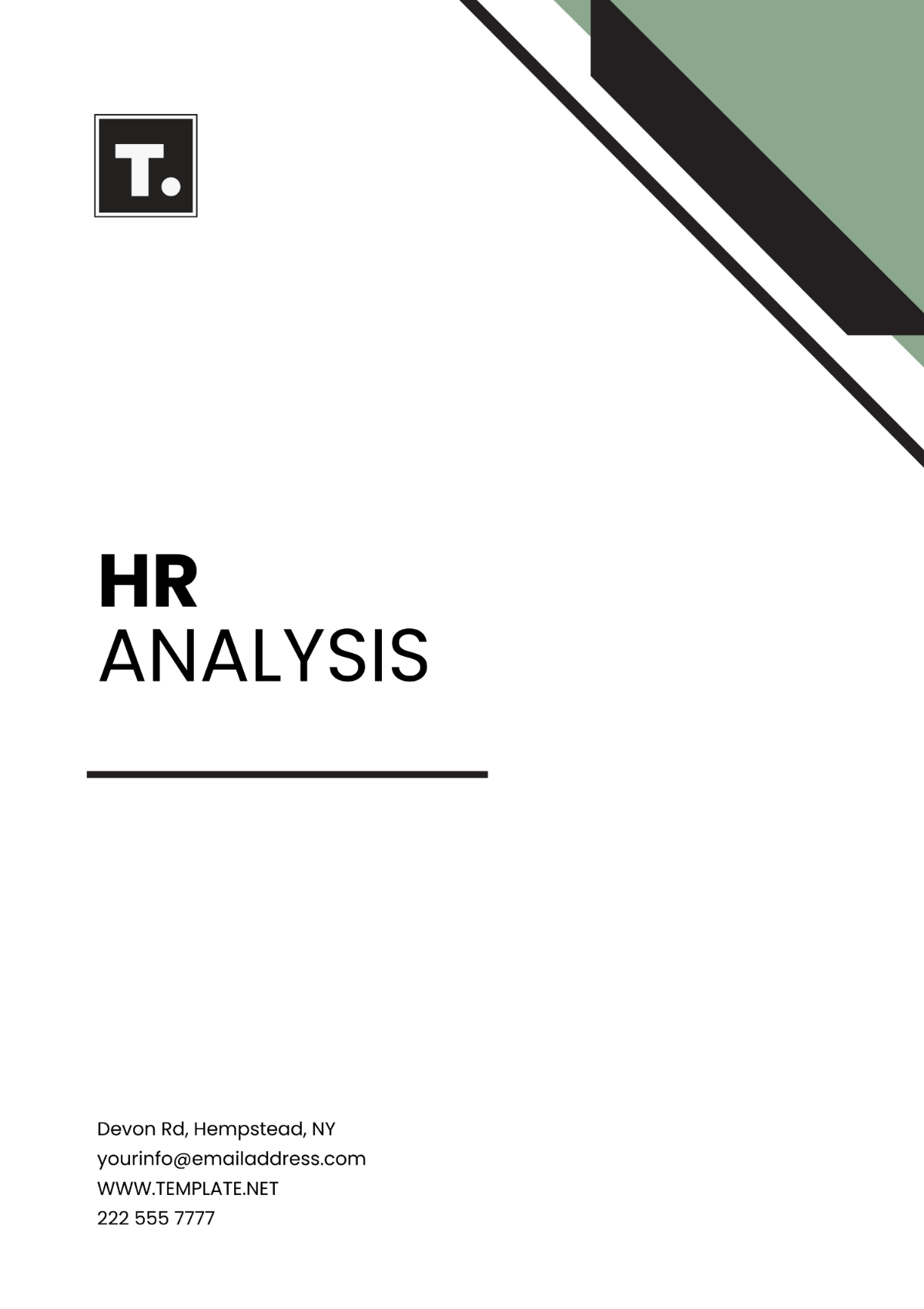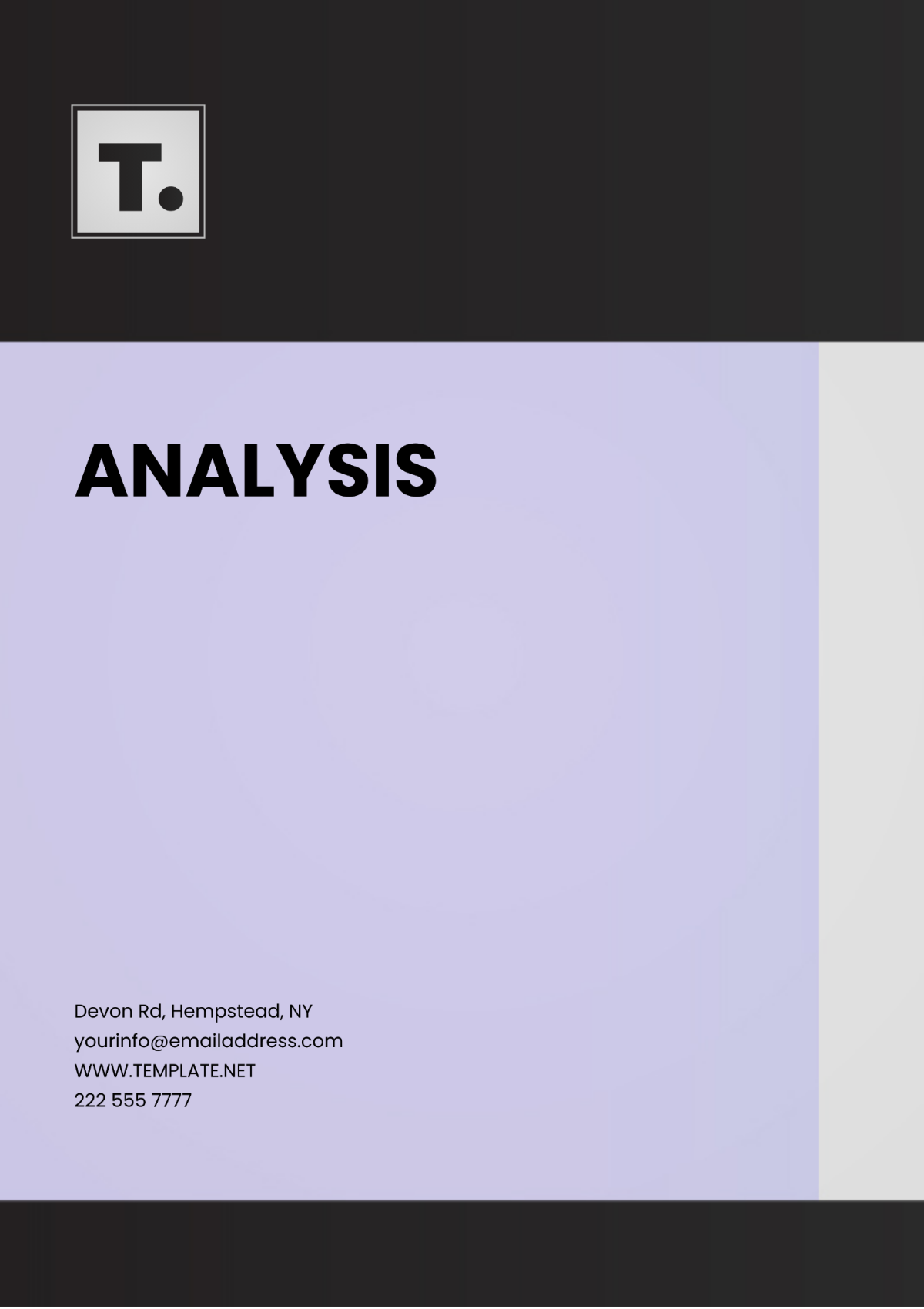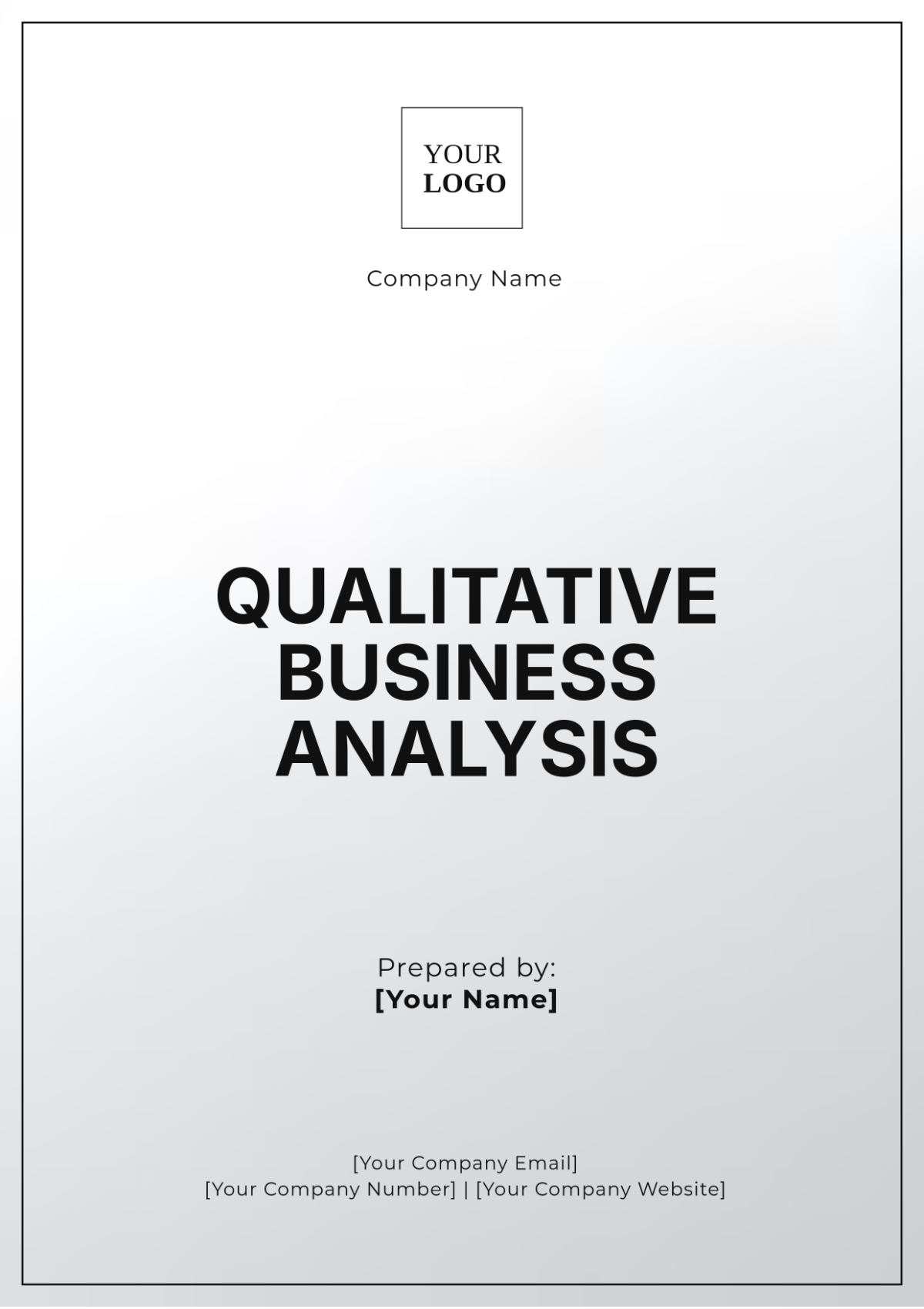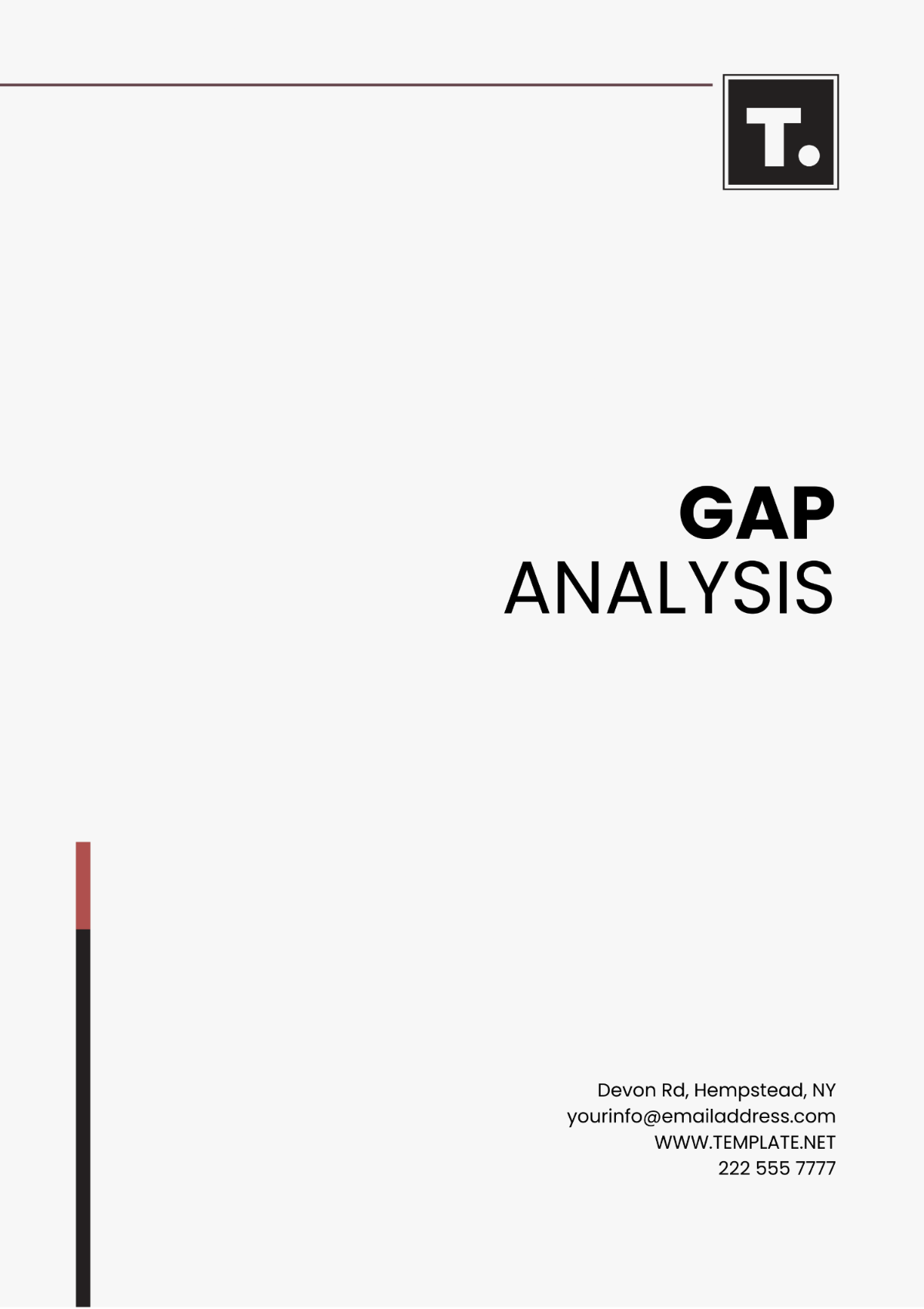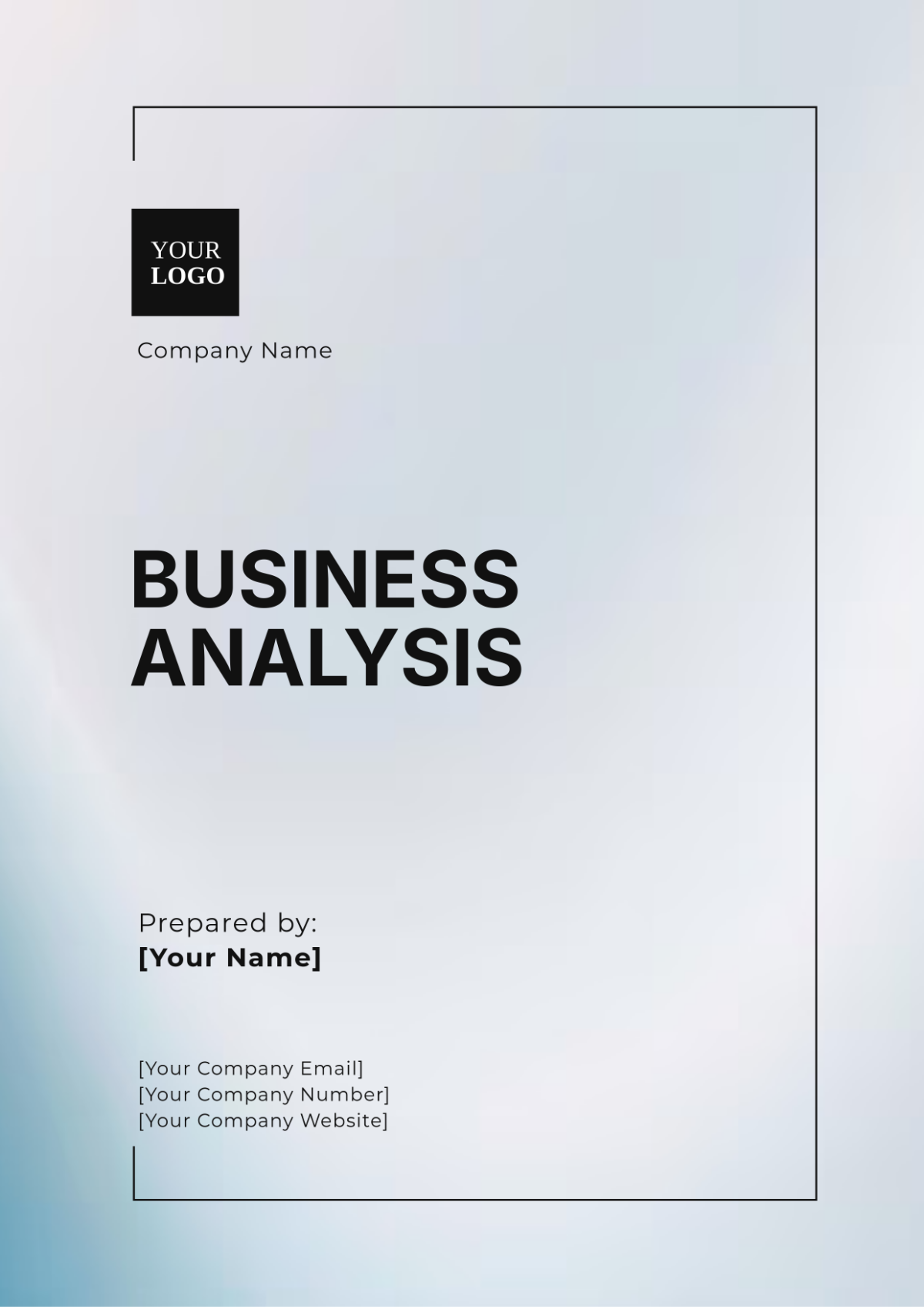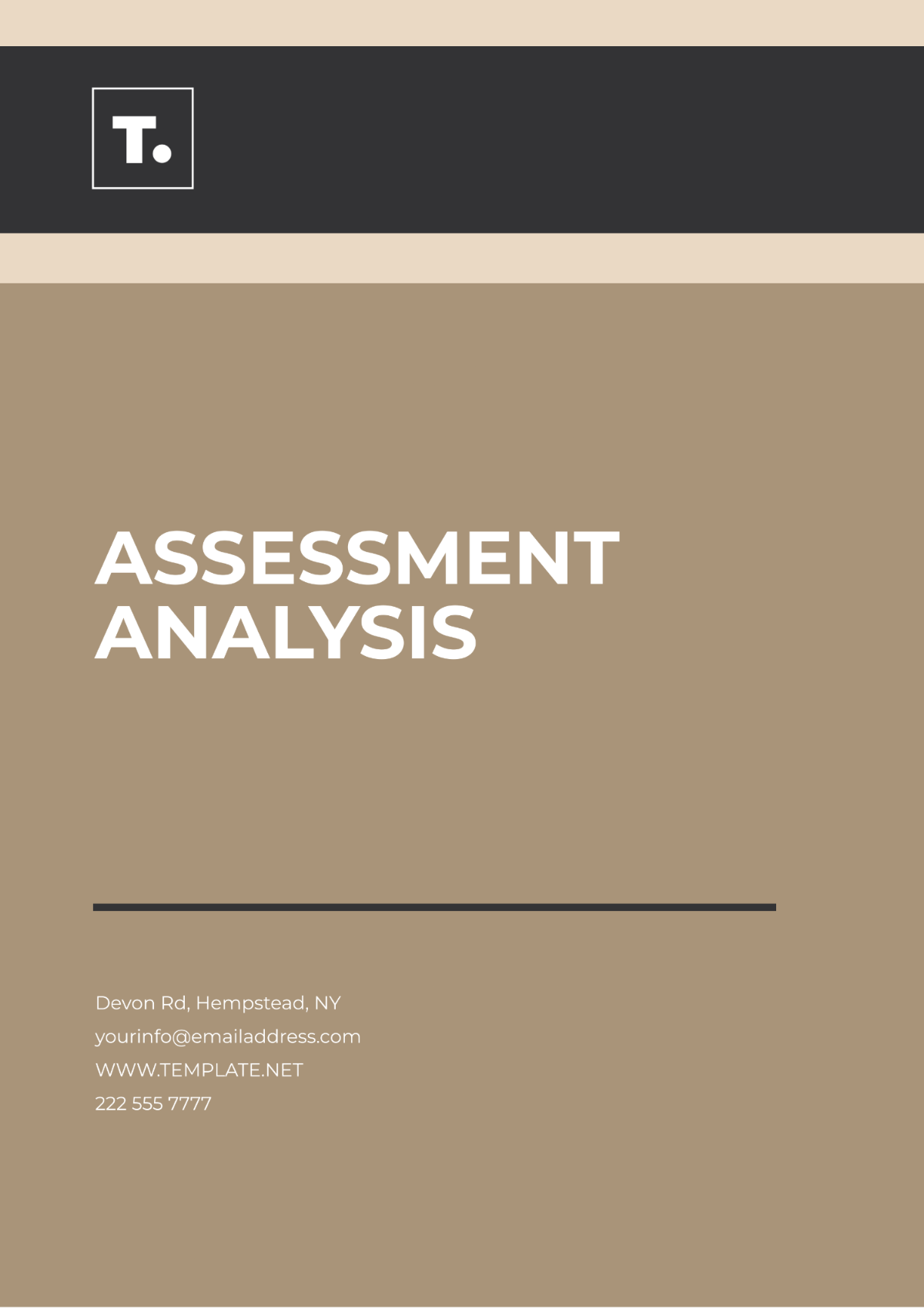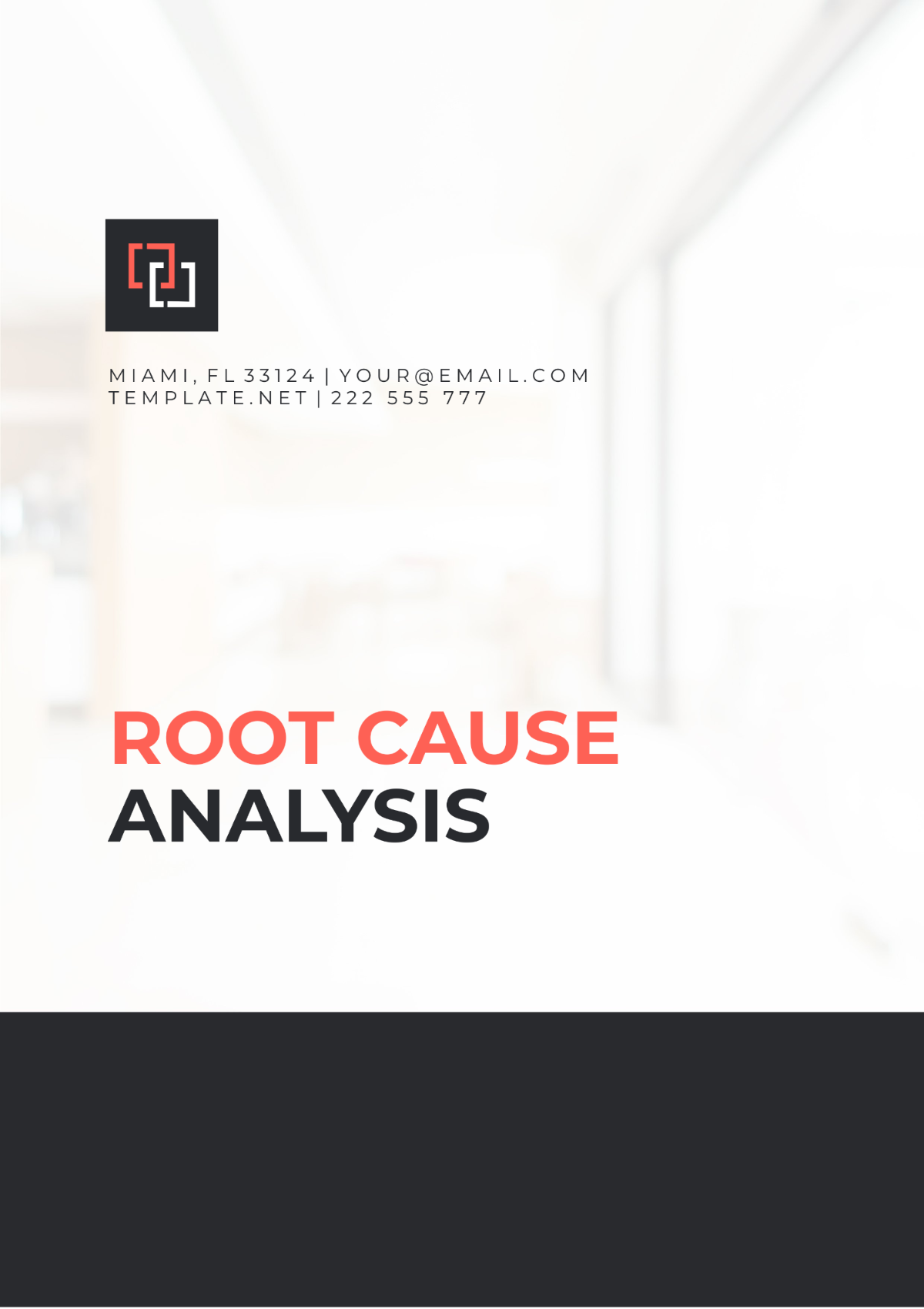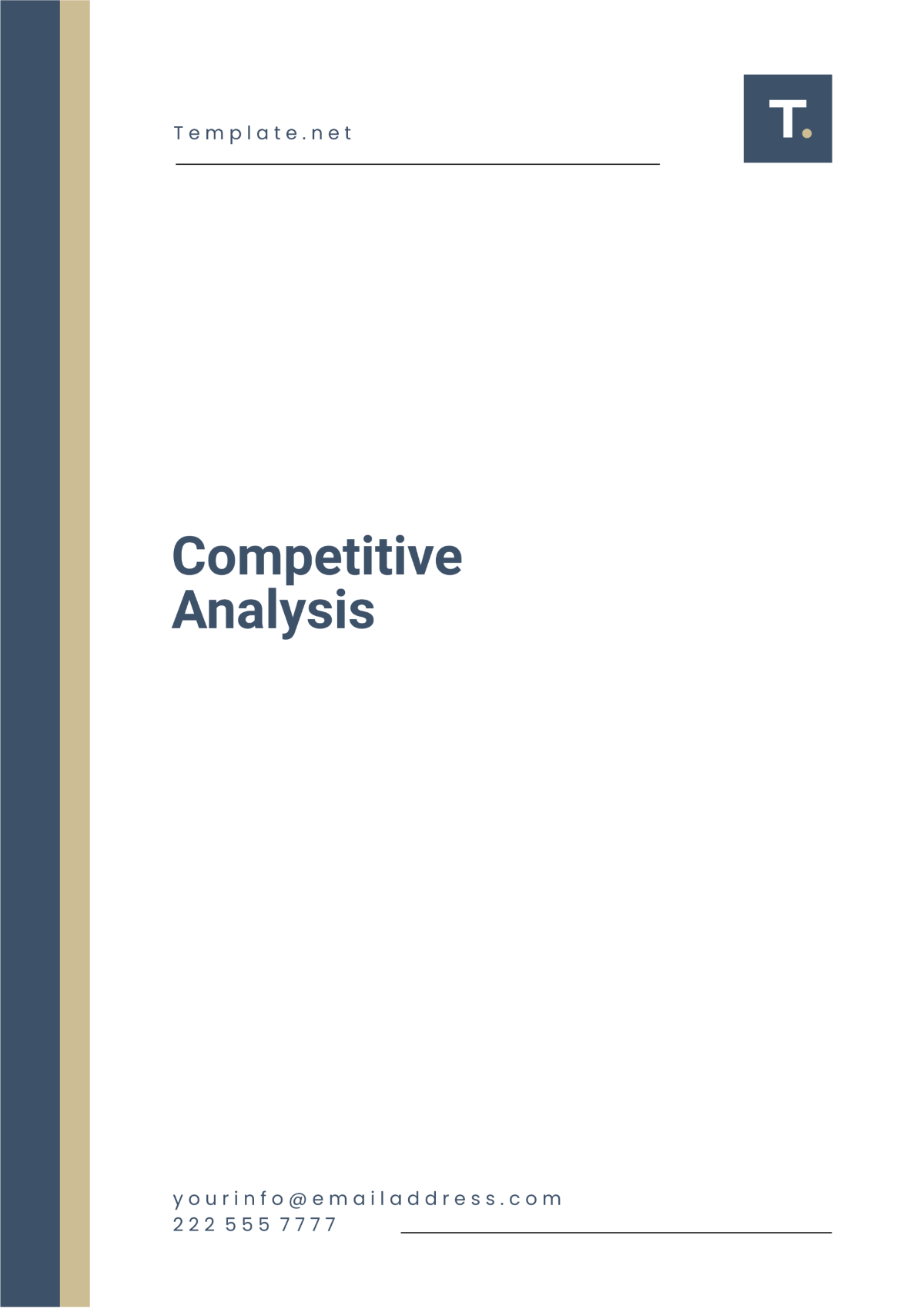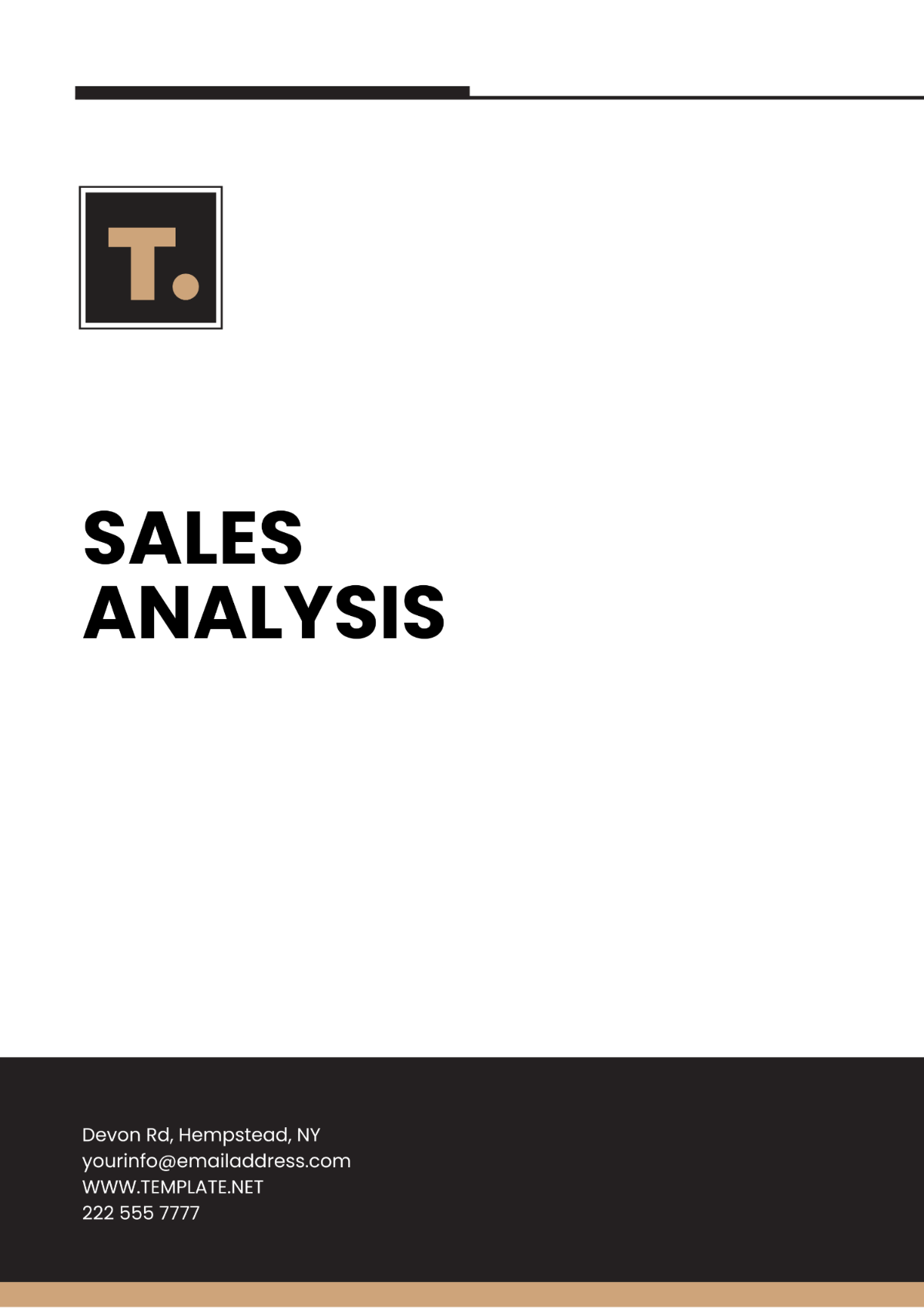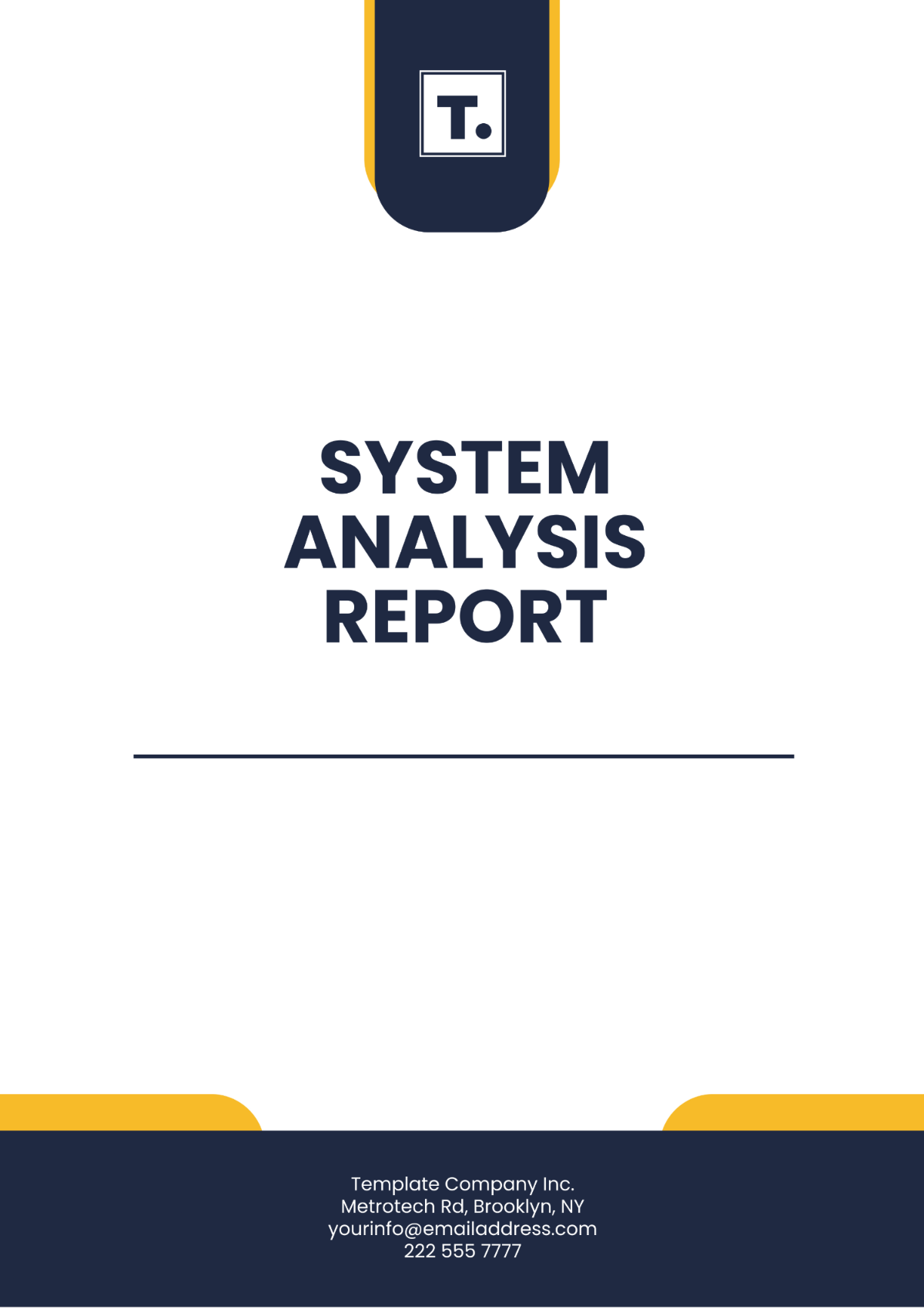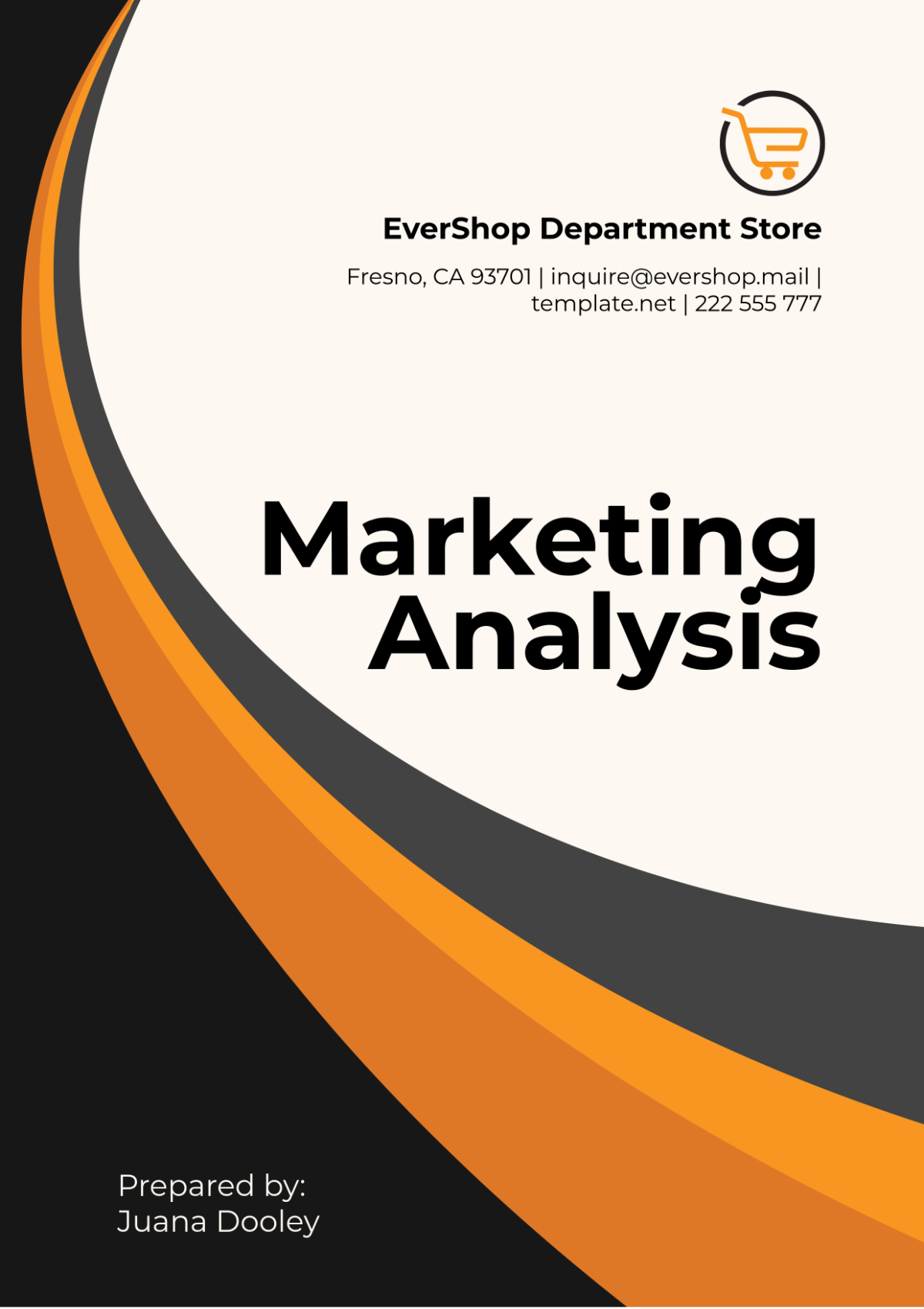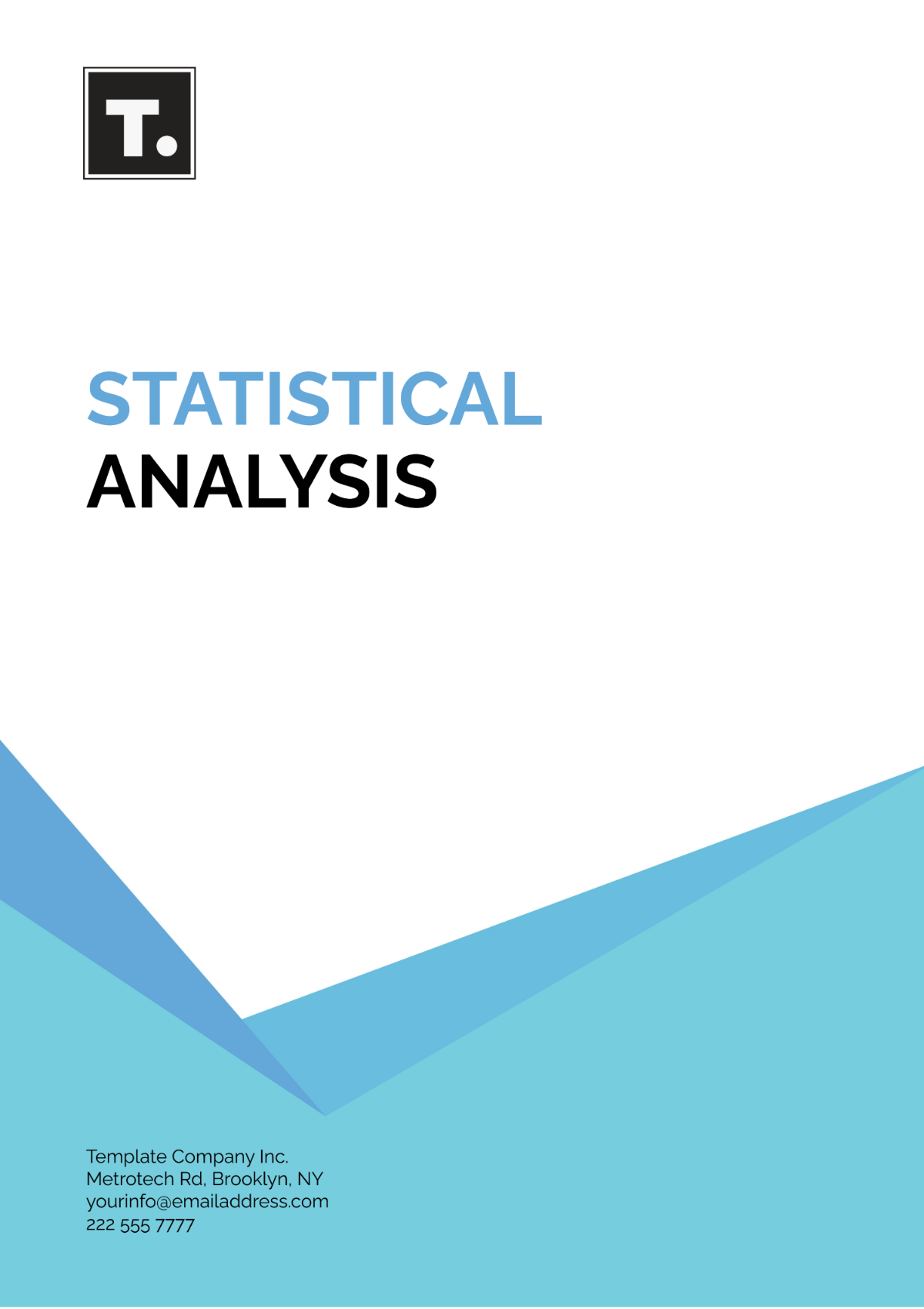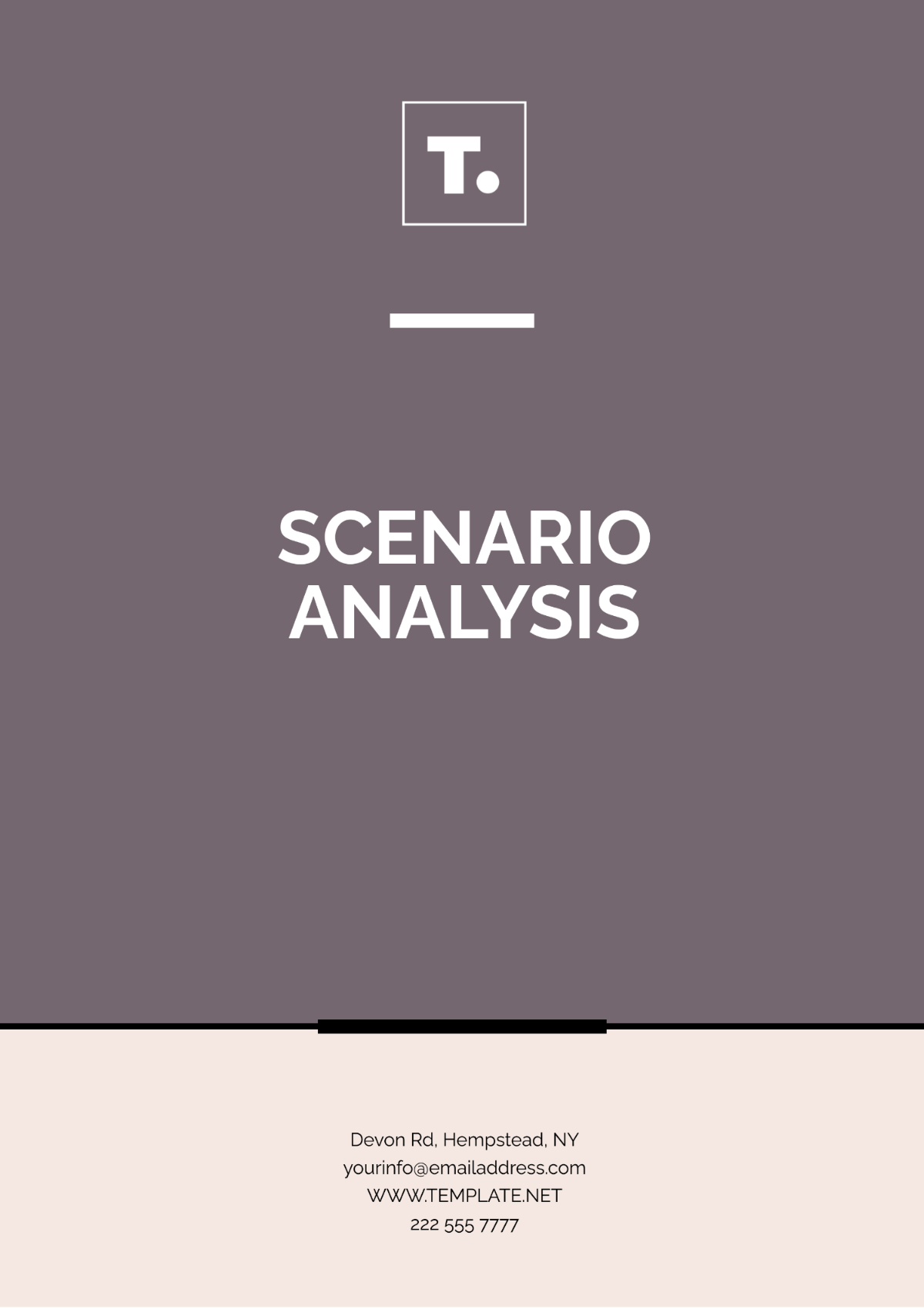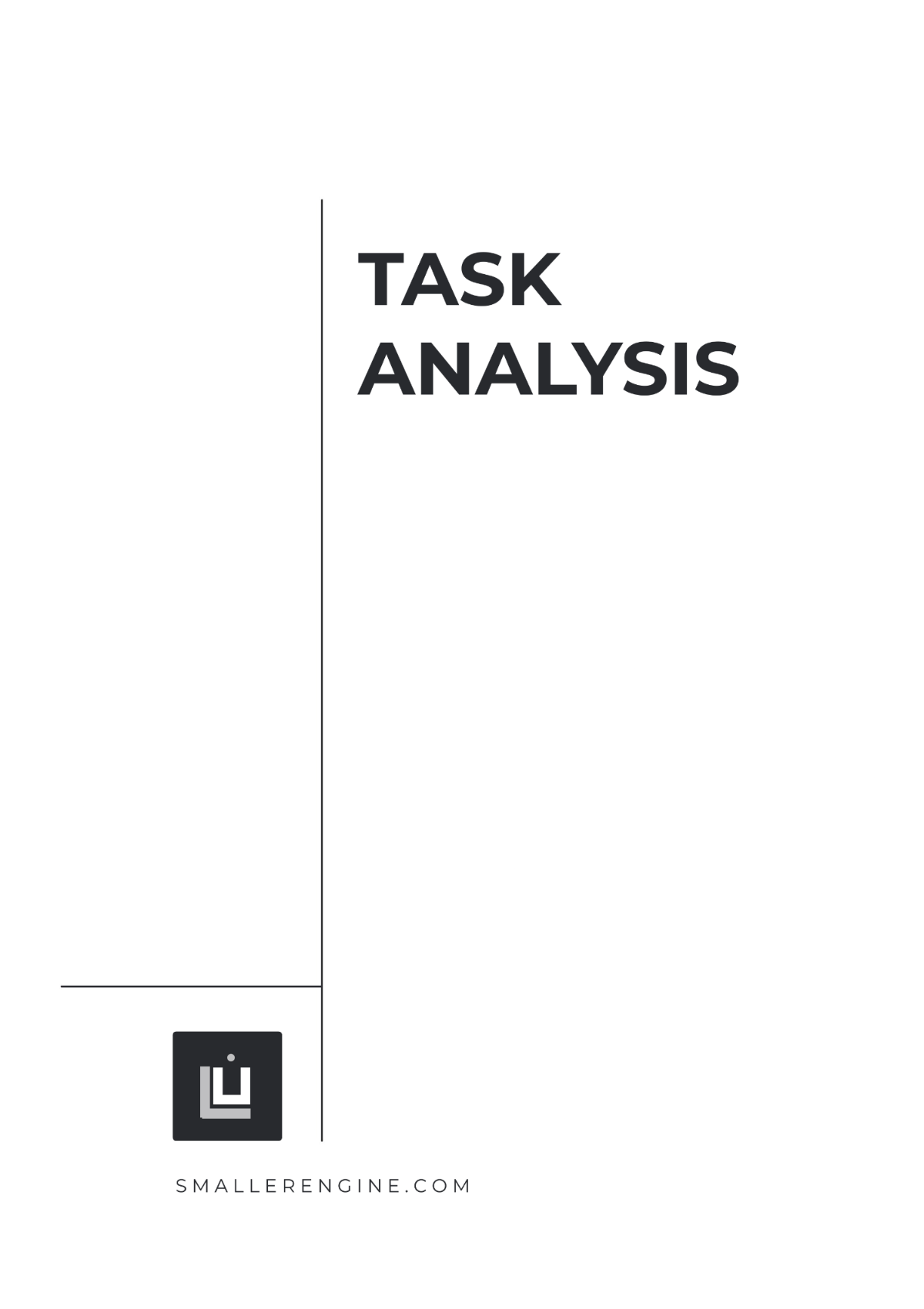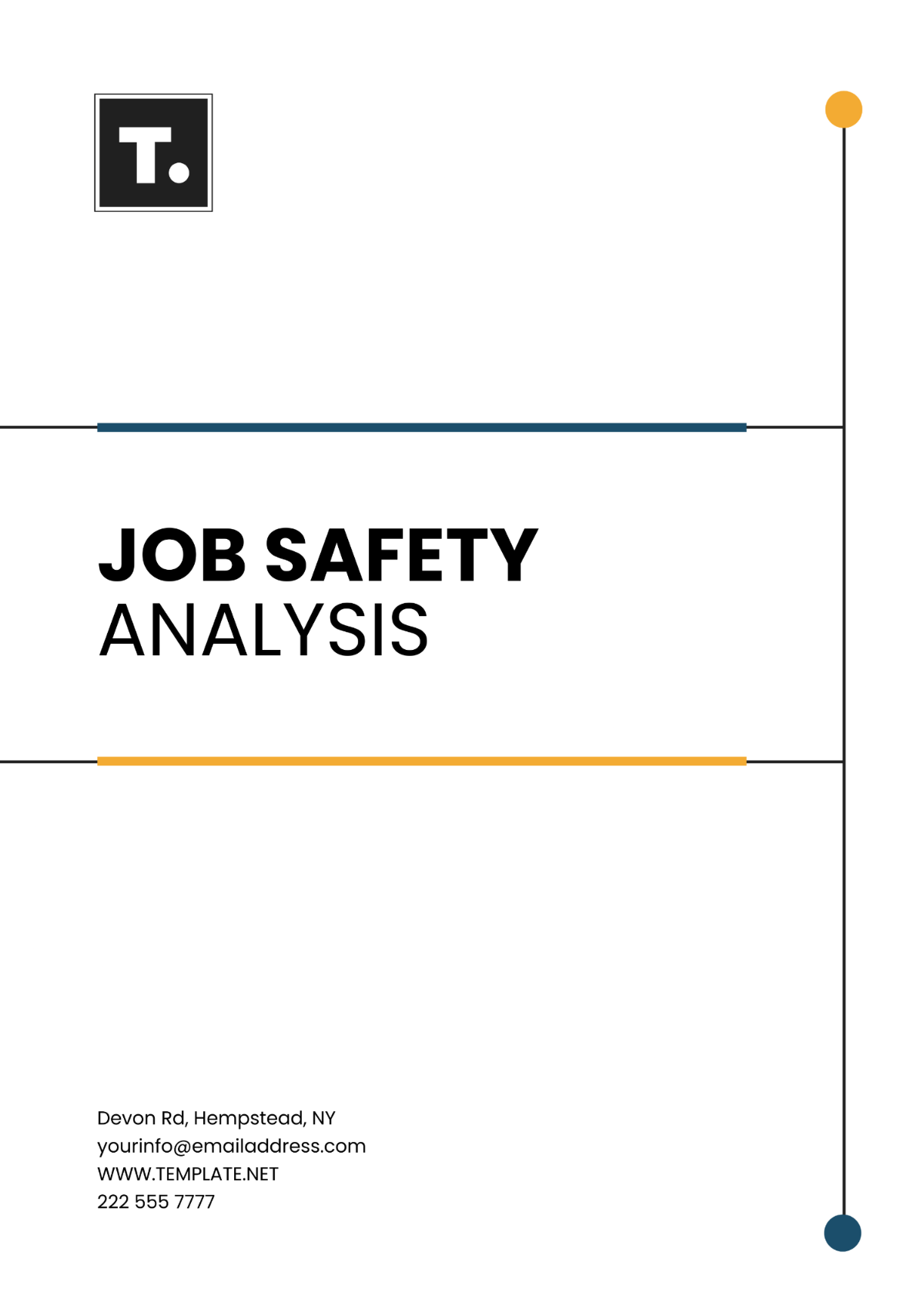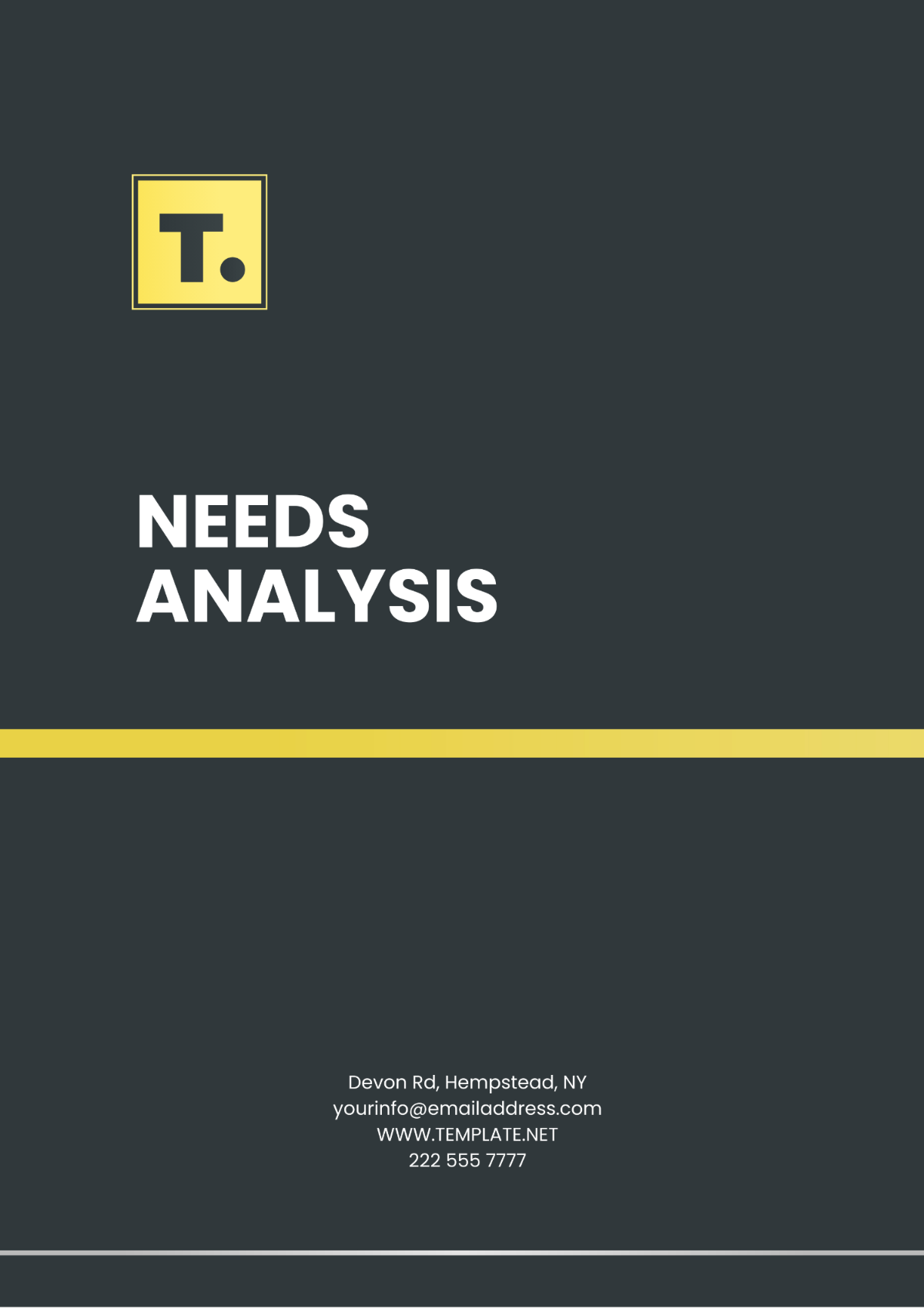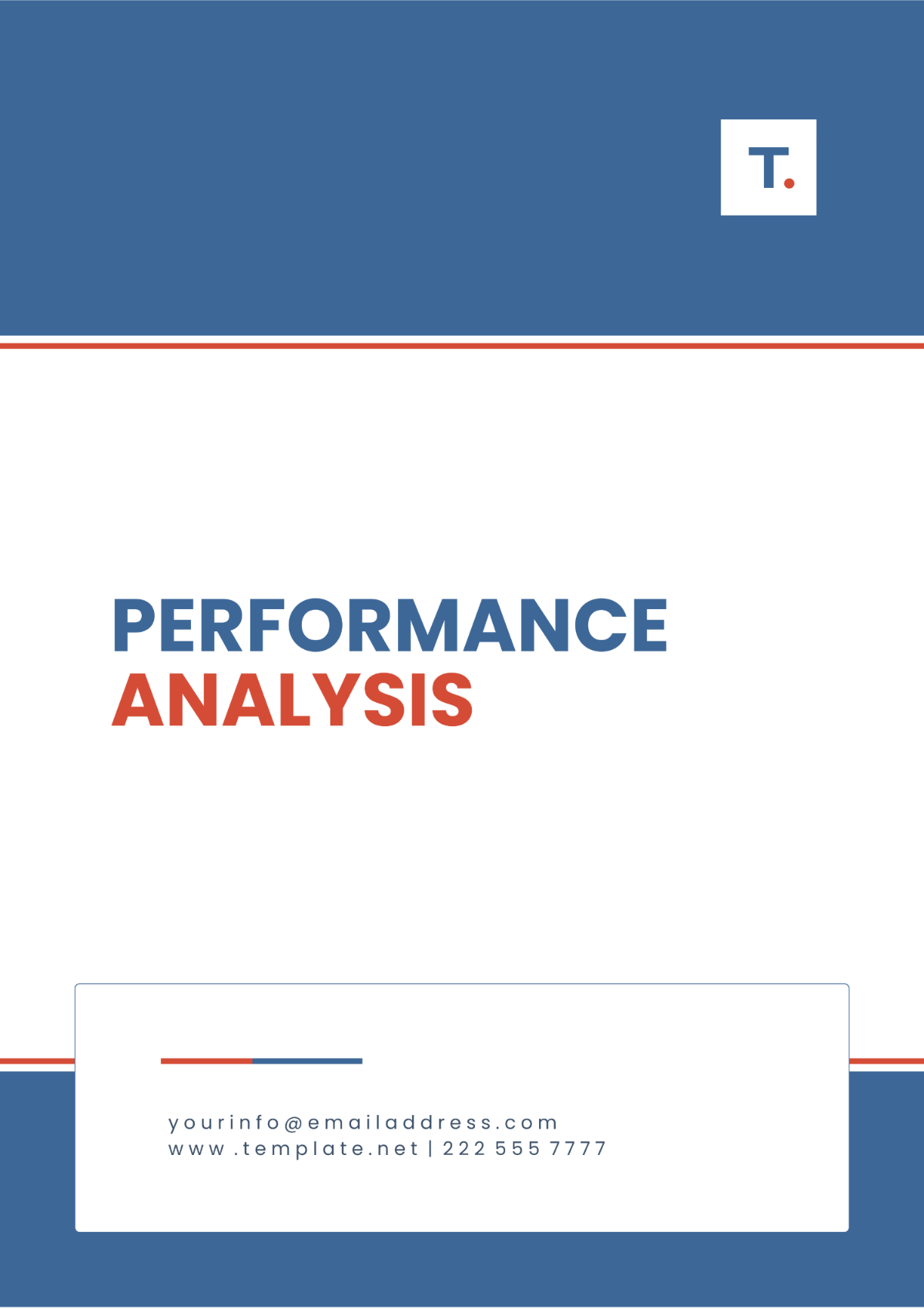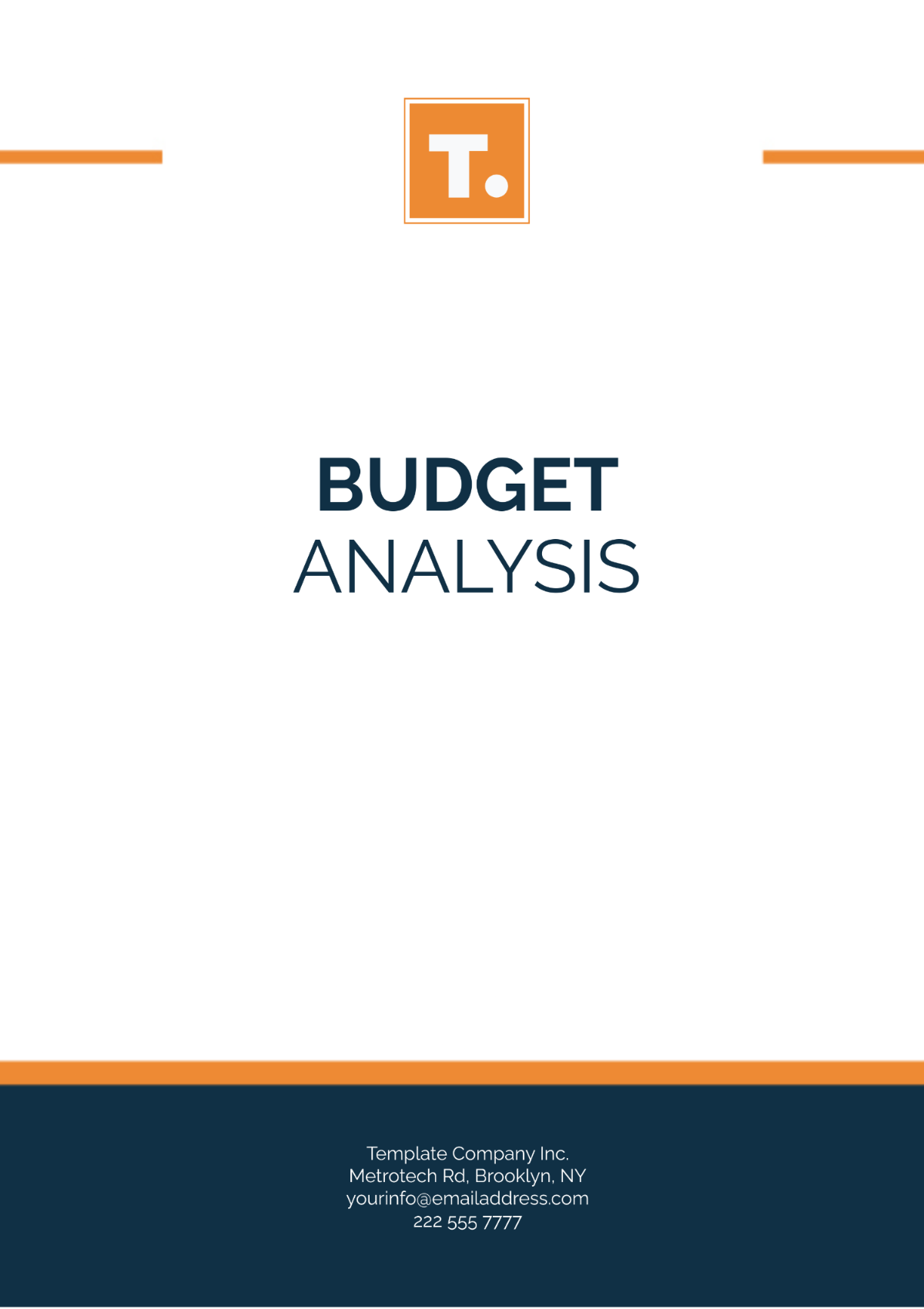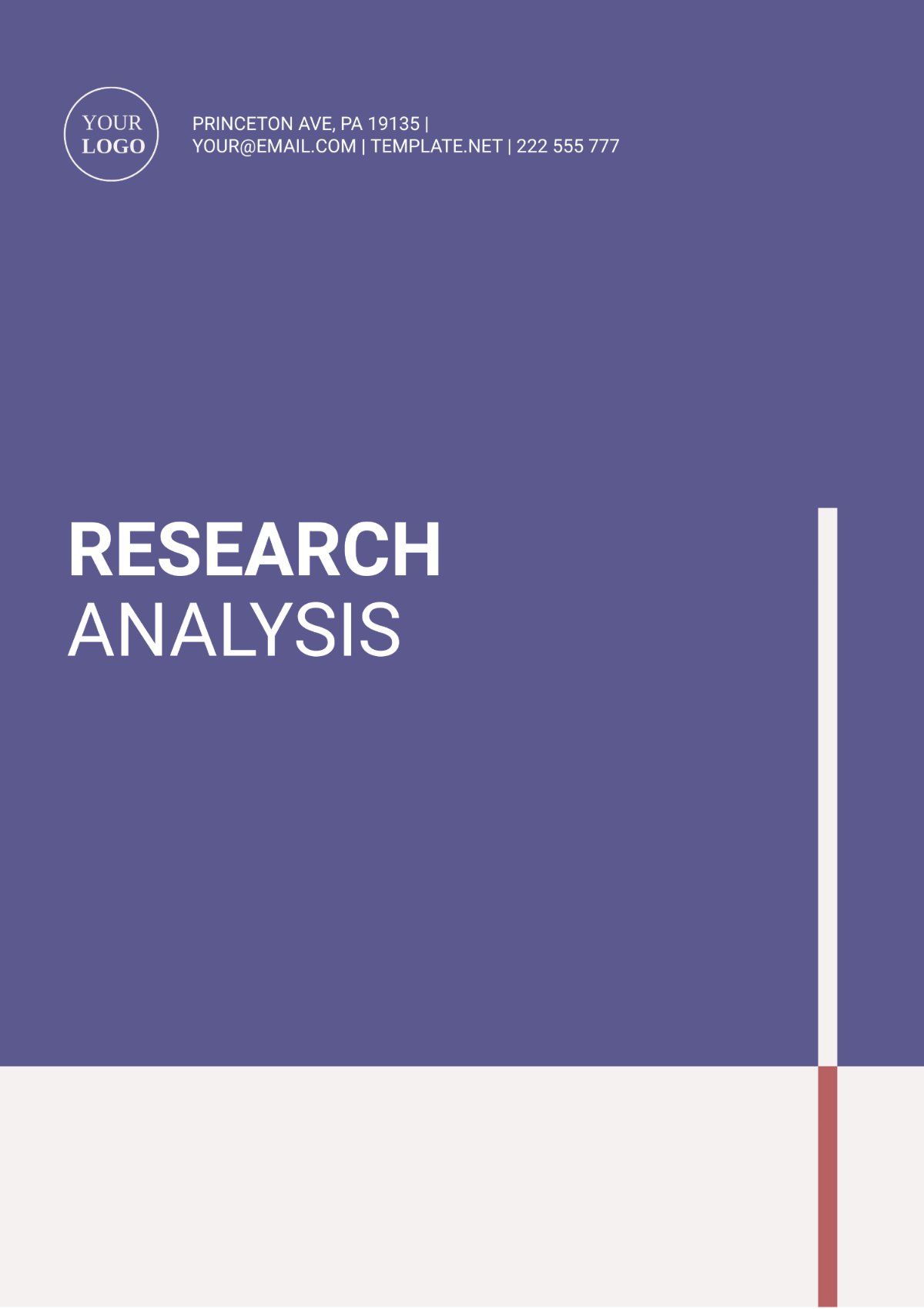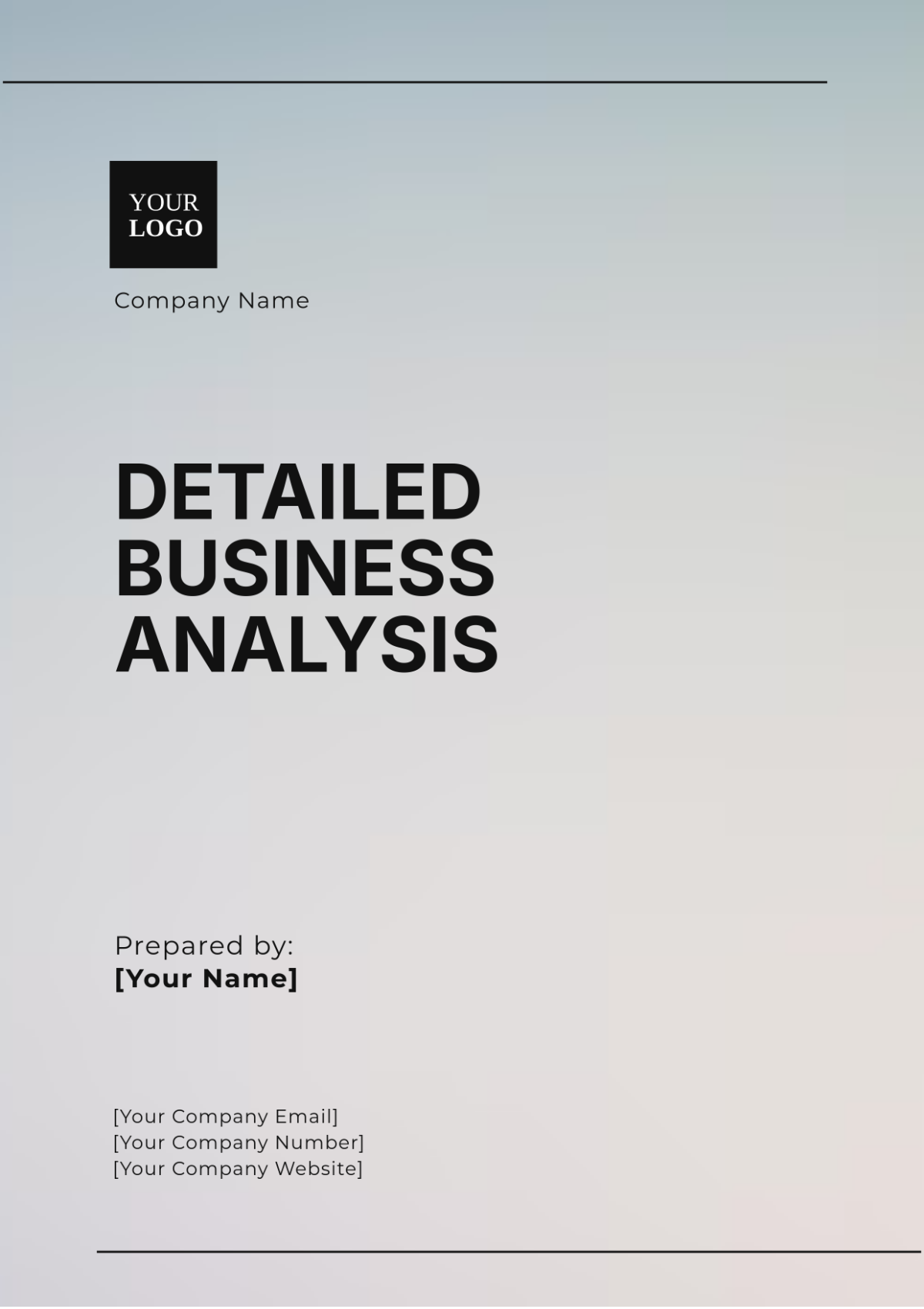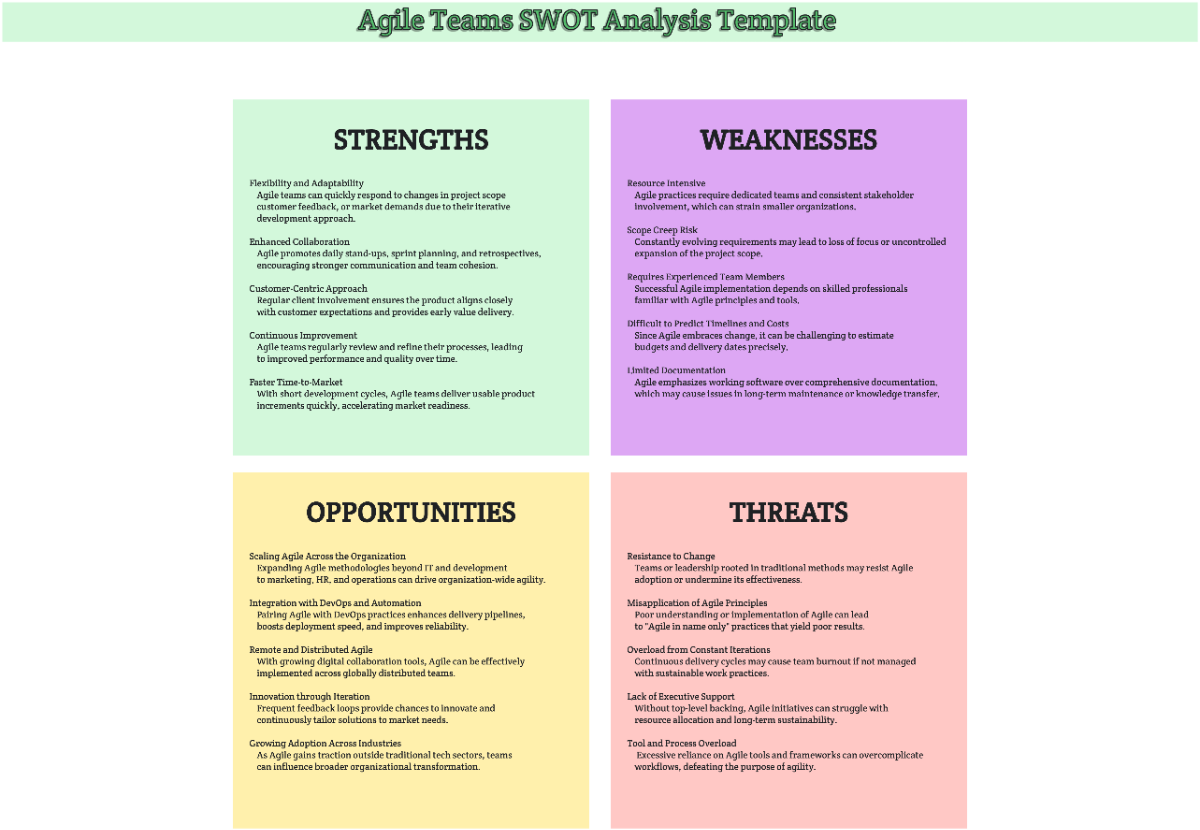Business Analysis Document Layout
Prepared by: [YOUR NAME]
Email: [YOUR EMAIL]
I. Introduction
The Business Analysis Document (BAD) serves as a foundational blueprint that guides the strategic decisions of a project by clearly outlining business objectives, requirements, and key stakeholder insights. This document is critical in ensuring that all project activities align with the organization’s goals and deliver value to all stakeholders involved. The analysis presented here supports the seamless transition from concept to execution for your business needs.
II. Business Objectives
The primary objectives of this project are to ensure seamless business operations and improved efficiency through optimized systems and processes. Below are the key business goals:
Objective | Description | Importance | Deadline | Responsible |
|---|---|---|---|---|
Improve Efficiency | Streamline internal processes to reduce time spent on repetitive tasks. | High | January 15, 2051 | Barry Morar |
Increase Revenue | Identify new opportunities for revenue generation. | Medium | February 20, 2051 | Jerrell Lowe |
Enhance Customer Satisfaction | Improve user experience by reducing response time and offering new features. | High | March 5, 2051 | Jean Harris |
III. Stakeholder Analysis
Stakeholders are individuals or groups that are impacted by the project or have a vested interest in its success.
Stakeholder | Role | Interest | Influence | Priority |
|---|---|---|---|---|
Malcolm Raynor | Executive Leader | High | High | Critical |
Philip Mitchell | User | High | Medium | High |
Carmel Ryan | Technical Support | Medium | High | Medium |
Dell Stokes | Quality Assurance | Medium | Low | Medium |
Etha Lehner | Promotions and Branding | Low | Low | Low |
IV. Requirements
The requirements identify the needs of the business and its users to deliver the project successfully. This includes both functional and non-functional requirements.
Functional Requirements:
The system must support real-time updates for inventory.
The product must allow users to create and manage accounts.
Integration with existing CRM systems is mandatory.
Non-Functional Requirements:
The system must handle at least 10,000 concurrent users without performance degradation.
All data must be encrypted during transit and storage.
The application should be available 99.9% of the time, excluding scheduled maintenance.
V. Business Process or Workflow
Current Process:
Employee logs into the system.
Employee enters data manually.
Data is stored in the database.
Proposed Process:
Employee logs into the system.
Data is pre-populated based on previous inputs.
Data is automatically validated and stored.
VI. Gap Analysis
Area | Current State | Desired State | Gap | Solution Recommendation |
|---|---|---|---|---|
Process Efficiency | Manual data entry | Automated data entry | High | Implement RPA (Robotic Process Automation) |
Customer Support | 24/7 phone support | 24/7 live chat support | Medium | Add AI-driven chatbots |
Data Security | Basic encryption | Advanced encryption (AES-256) | High | Upgrade encryption protocols |
VII. Solution Options or Recommendations
Based on the business needs and gap analysis, several potential solutions have been identified. Each solution has been evaluated for its feasibility and impact on the business.
Solution | Description | Feasibility | Cost Estimate | Impact |
|---|---|---|---|---|
Implement Cloud Solution | Migrate to a scalable cloud platform for better performance and cost savings. | High | $500,000 | High |
Purchase New Software | Acquire an off-the-shelf software solution to handle customer relations. | Medium | $200,000 | Medium |
Custom System Development | Develop a custom solution that meets all specific business needs. | Low | $1,000,000 | High |
VIII. Conclusion
In conclusion, this Business Analysis Document highlights the core areas where improvements can drive business growth and efficiency. By addressing the identified gaps and implementing the recommended solutions, the organization can achieve its objectives while improving stakeholder satisfaction. Moving forward, the next steps will involve prioritizing the solutions and aligning resources to begin the execution phase.


